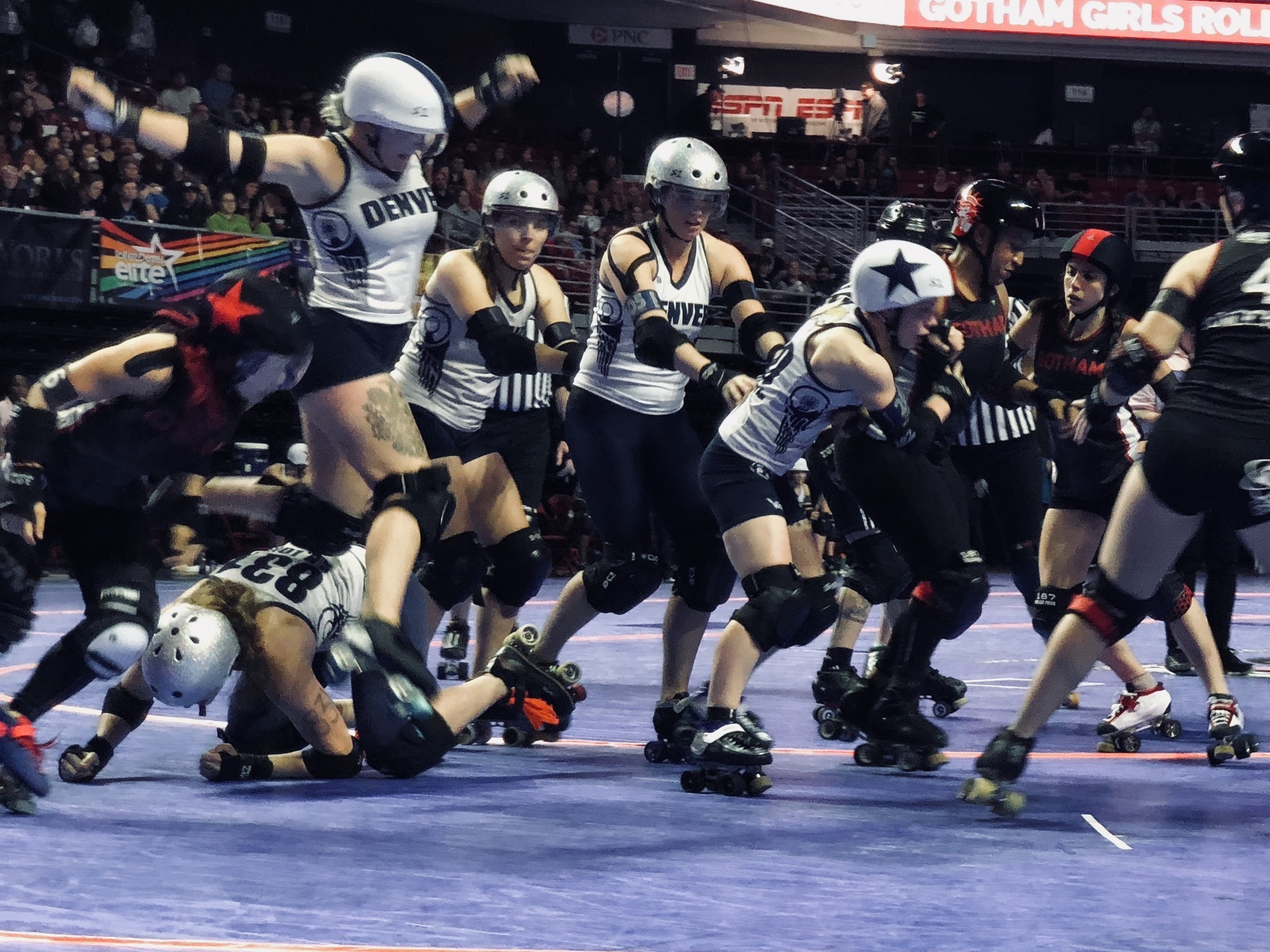I was lacing up my skates to test the floor when the iPhone X hit Apple Store shelves. It's the first time my secret life as a skater for a top 10 roller derby team has directly interfered with my work at iMore — I had my husband pick up my iPhone X in Massachusetts and drive it down to Philadelphia, where I was skating in WFTDA's annual international championships.
I could have just called a mulligan on the weekend, tying it in with my honeymoon the next week, and left the iPhone X to hang out at the store for a few days longer. But what would be the fun in that?
Instead, I got media credentials to the event alongside my skater pass. The goal? Testing the iPhone X's true prowess as a camera for sports photography and videography, behind-the-scenes snaps, and many (many) ridiculous Portrait selfies.
Why shoot WFTDA's roller derby championships?
Some of my favorite photo tests for the iPhone center around live events and adventures, rather than shooting the same evergreen shot over and over again. That sort of testing can be useful for year-over-year comparisons, but I don't expect users to really care about the fake apple I shot two years ago being redder and crisper on the iPhone X.
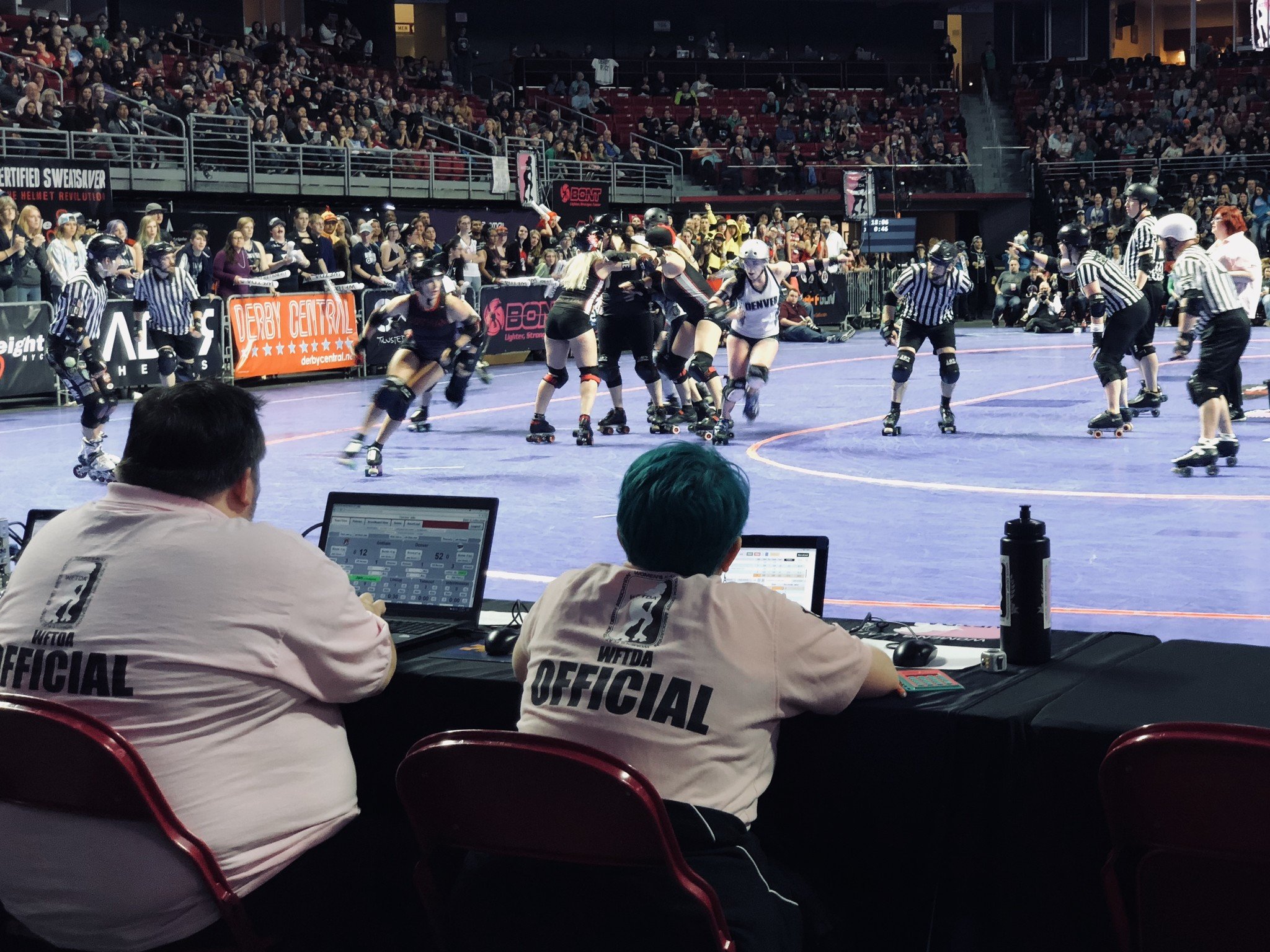
Instead, let's tell a story: A writer — one who moonlights as a roller derby skater for a top WFTDA team — decided to take her photography skills and an iPhone X to the sport's biggest event and see what happened.
Shooting on an iPhone: Eyerolls, but results
In the locker room and the stands, it was easy enough to justify shooting with the iPhone X. Most people at the event didn't even realize I was shooting with Apple's newest phone, assuming I was just documenting activities with my existing smartphone for my own personal purposes.
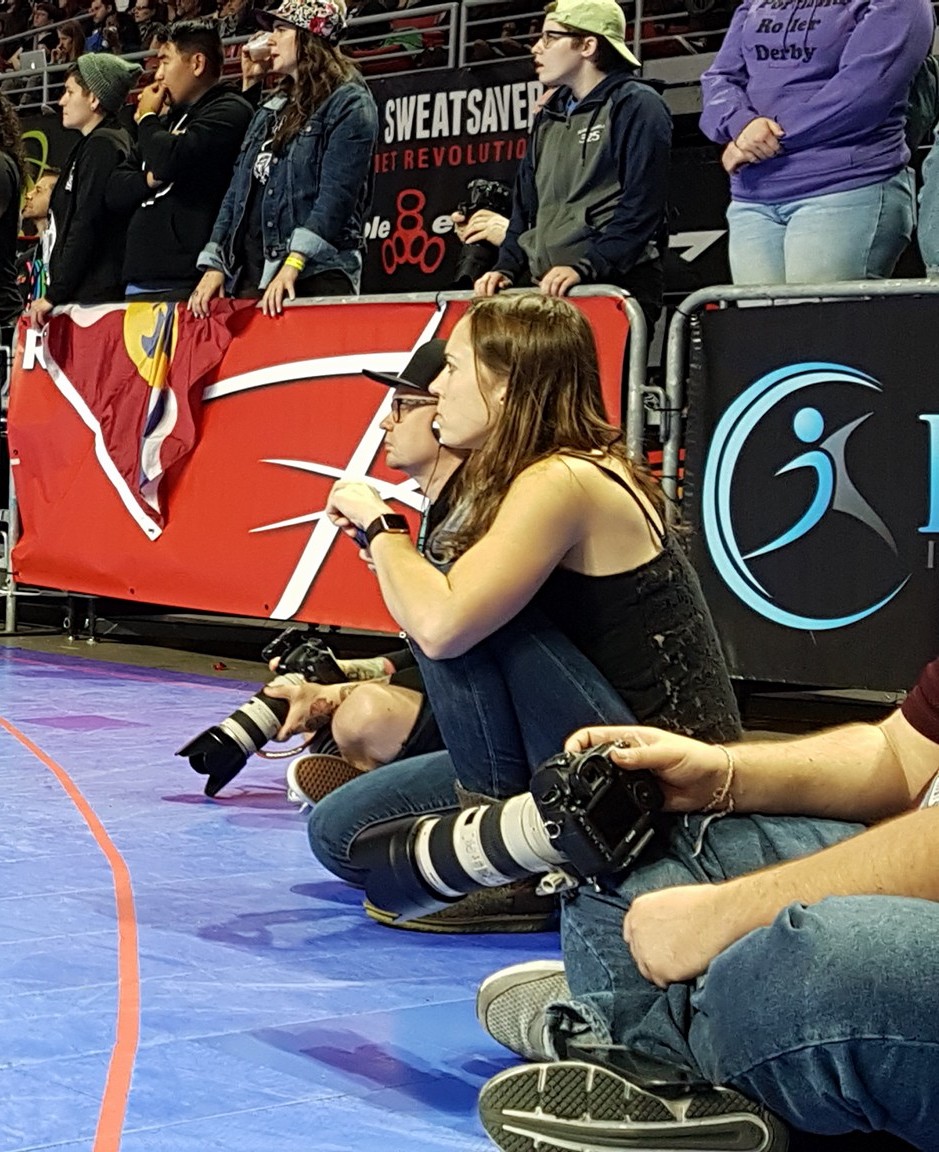
But when our team finished playing for the weekend, it felt a little awkward bringing the iPhone X trackside. Even though I've met and chatted previously with many of the sports photographers in attendance, I still felt like a complete fraud bringing a tiny phone out on the floor next to camera rigs worth 8-10 times as much. (ESPN was also in attendance to shoot the first place game, so god only knows how hard they were judging me.)
But once I got over photographer friends' tongue-in-cheek jokes, it was easy to fall into a rhythm with the iPhone. I knew Apple's 2x "telephoto" lens had no chance of rivaling those kits, so I focused on the trackside shots I knew I could get: Effective physical closeups, and beautiful slow-motion footage.
Primarily, I shot in 2x Photo mode in the stock Camera app. I did briefly play with a few alternatives in my time on the floor: Third-party apps give you more manual control, but their button-to-shot timing is painfully slow when it comes to sports photography; the same goes for Portrait mode, which requires far too much ISP calculation to shoot sports effectively at this point.
I also considered shooting in 1x (which has a notably faster response rate on button vs shutter) and zooming on shots in post-production, but the results were too pixelated for me to consider. So 2x in Photo mode it was.
The results aren't going to rival the multi-thousand-dollar kits of my fellow shutterbugs. They've taken beautifully-lit, crisp photos with sensors and glass far superior to mine. But I'm still thrilled with what I got with what I shot with.
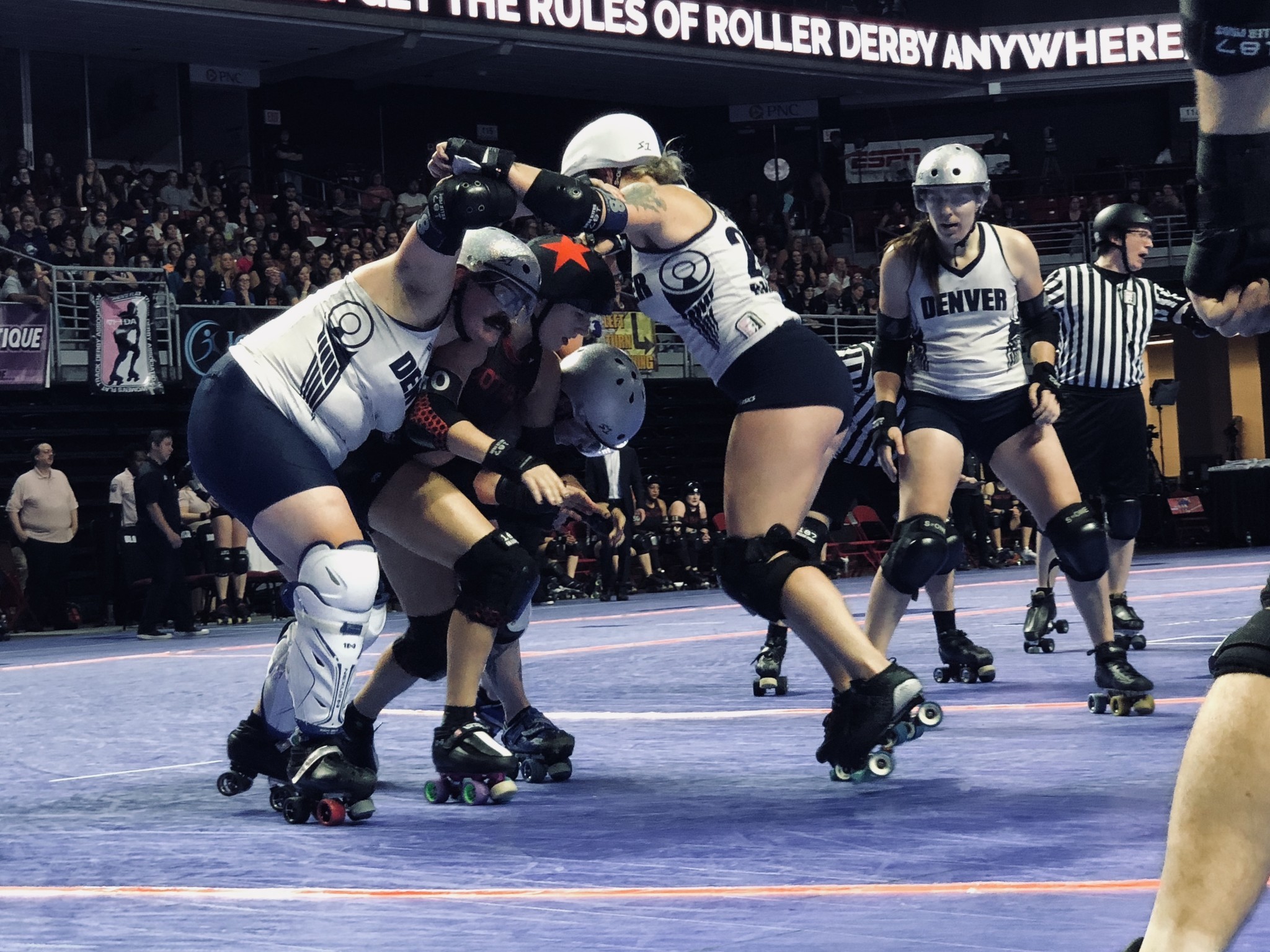
Here's the thing: I never expected to achieve DSLR quality from these images. But I was shocked to find how well the iPhone X captured the same emotion and movement as the higher-end kits. I was able to use a few motion photography tricks, freehand, to get a surprising amount of clarity from shots taken from the side of a roller derby track — and nary a super-zoom lens to be found.
Because most of us don't have $7000 camera kits in our pocket to shoot their favorite sport, kids' tournament, or hyperactive pet. We've got the camera nearest to our hands, and that camera is usually part of a smartphone.
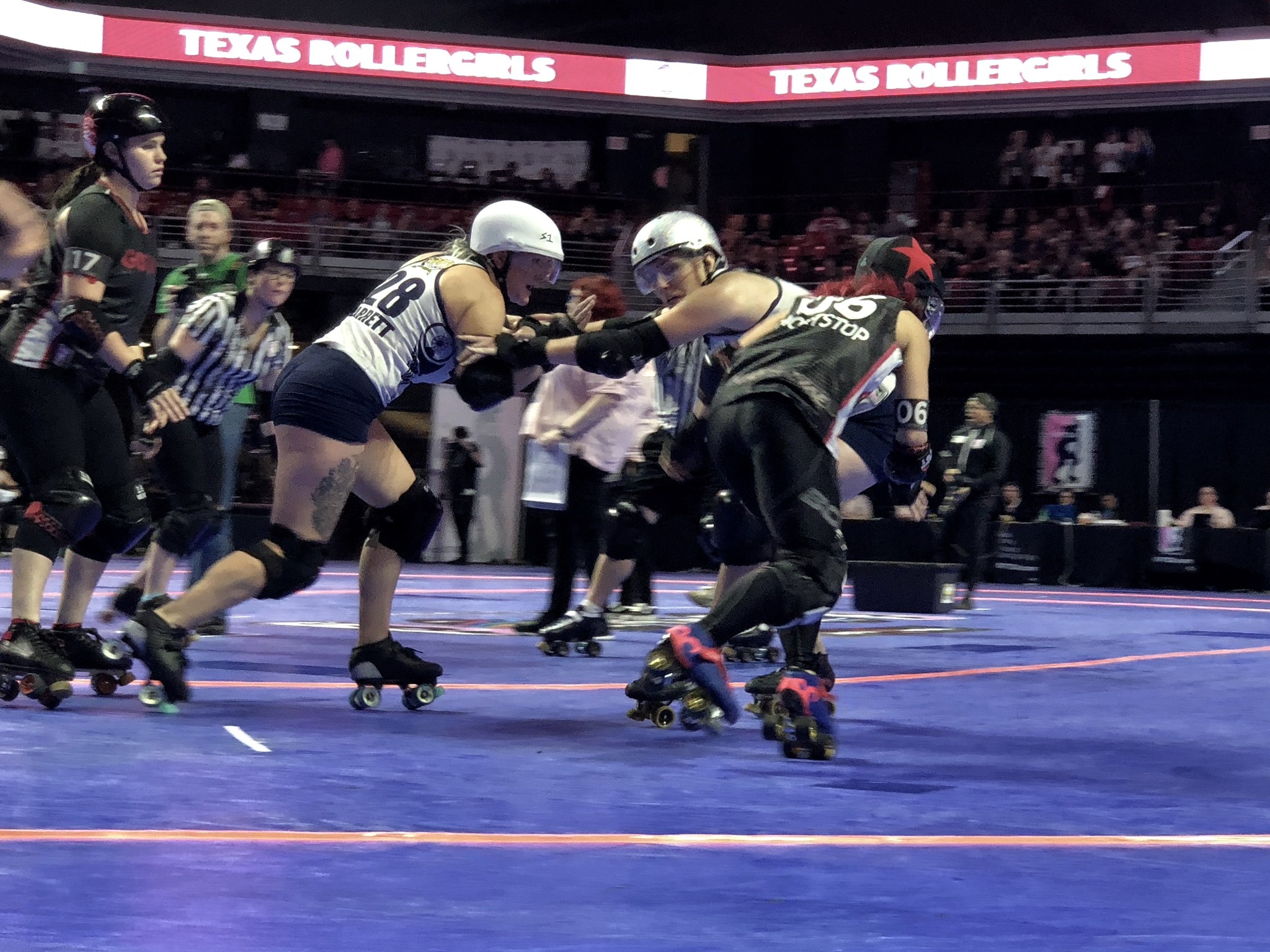
And so, should you find yourself shooting any kind of speed photography on the iPhone, you'll be quite pleased by the iPhone X. If you're content with shooting at 1x, you'll find identical wide-angle lenses on the 8, 8 Plus, and X (though the X's screen and body size makes lining up shots far nicer).
But if you need to shoot stills at 2x, the iPhone X stands alone at the top of the heap. Its f/2.4 lens affords the iPhone sensor about a third of a stop more light to take faster photographs, and the addition of Optical Image Stabilization (OIS) makes it far easier to take a stable photo even when you're trying to track a skater flying around the track.


Left: New York fans cheer for their team during the semi-final against the 2015 and 2016 champions, Rose City (Portland, OR); Right: Rose City fans hope for a positive outcome from an official review.
240FPS slow-motion video with the telephoto lens is witchcraft and magic
While we're on the subject of OIS, let's talk about the trackside shooting I really enjoyed: slow-motion video. The iPhone may not be the fanciest camera out there when it comes to photography, but it takes phenomenal slow-motion clips.
I shot the video linked above entirely with the 2x OIS-stabilized telephoto lens at the 240FPS/1080P setting, without a tripod or any other stabilization device.
More impressively, the end video came from about 70 minutes' worth of 240FPS footage. I hooked up my X to an external battery pack, but otherwise treated it like I was shooting in a normal environment; during that time, the iPhone X barely got warm.
Apple's processors and ISP have gotten so good that shooting long bouts of 240FPS at 1080P is now as easy to manage as shooting 30FPS 1080P was a few years back. That's a big deal for anyone who regularly needs access to slow-motion footage at 2x: I know I'll be using my X to record skating strides and gym movements, so as to analyze and perfect them in the future.
As a quick comparison, here's a video of another derby event from press outlet Hit Squad TV, decidedly not shot with an iPhone (Hit Squad TV shoots with the $1500 Sony AX100):
It says a lot about Apple's investment into mobile video that an iPhone, in 2017, can even come close to a sports highlight reel shot with a mid-range camcorder.
In fact, I'd argue that video — not portrait photography — is the iPhone X's true secret weapon: The improvements to the telephoto lens make shooting video in all lighting situations easier than ever. Combine that with the iPhone's software improvements and access to 240FPS slow-motion video, 24FPS 4K, and 60FPS 4K, and you have one of the most capable portable video cameras in your pocket.
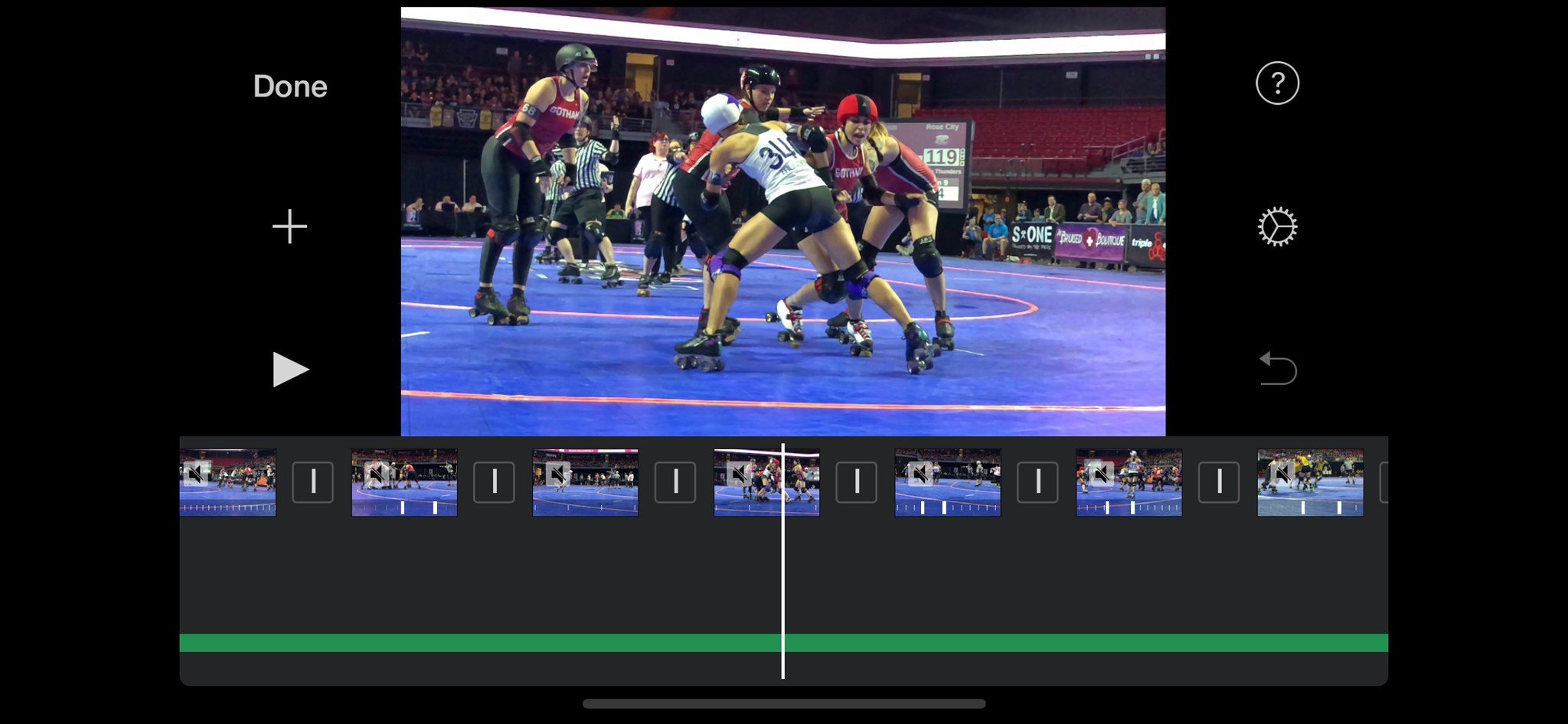
On top of all that, you can edit and post video directly on your iPhone if you so choose. I've spent the last year editing roller derby videos (including the one linked above) entirely on the iPhone 7 Plus, 8 Plus, and X; between iMovie and third-party wunderkind LumaFusion, I've been able to do an astonishing amount without ever needing to reach for my computer. (Better still, I haven't had to worry about moving gigantic HEVC files to the Mac to edit in Final Cut.)
Portrait photography of the right now
When testing Apple's front- and rear-facing Portrait modes, I intentionally pushed them to their limits — shooting rear photos in sometimes impossibly-low light, forcing front-facing portrait to snap shots of multiple folks in various lighting arrangements, snapping inanimate objects and moving ones alike.
I was pretty happy with most of my end results, but it took a significant amount of in-camera tweaking on my part. Portrait mode, while significantly better on the X than even the 8 Plus, is still not designed for movement. Even with a flash, I found it hard to capture motion — and if I did, it was often out of focus.
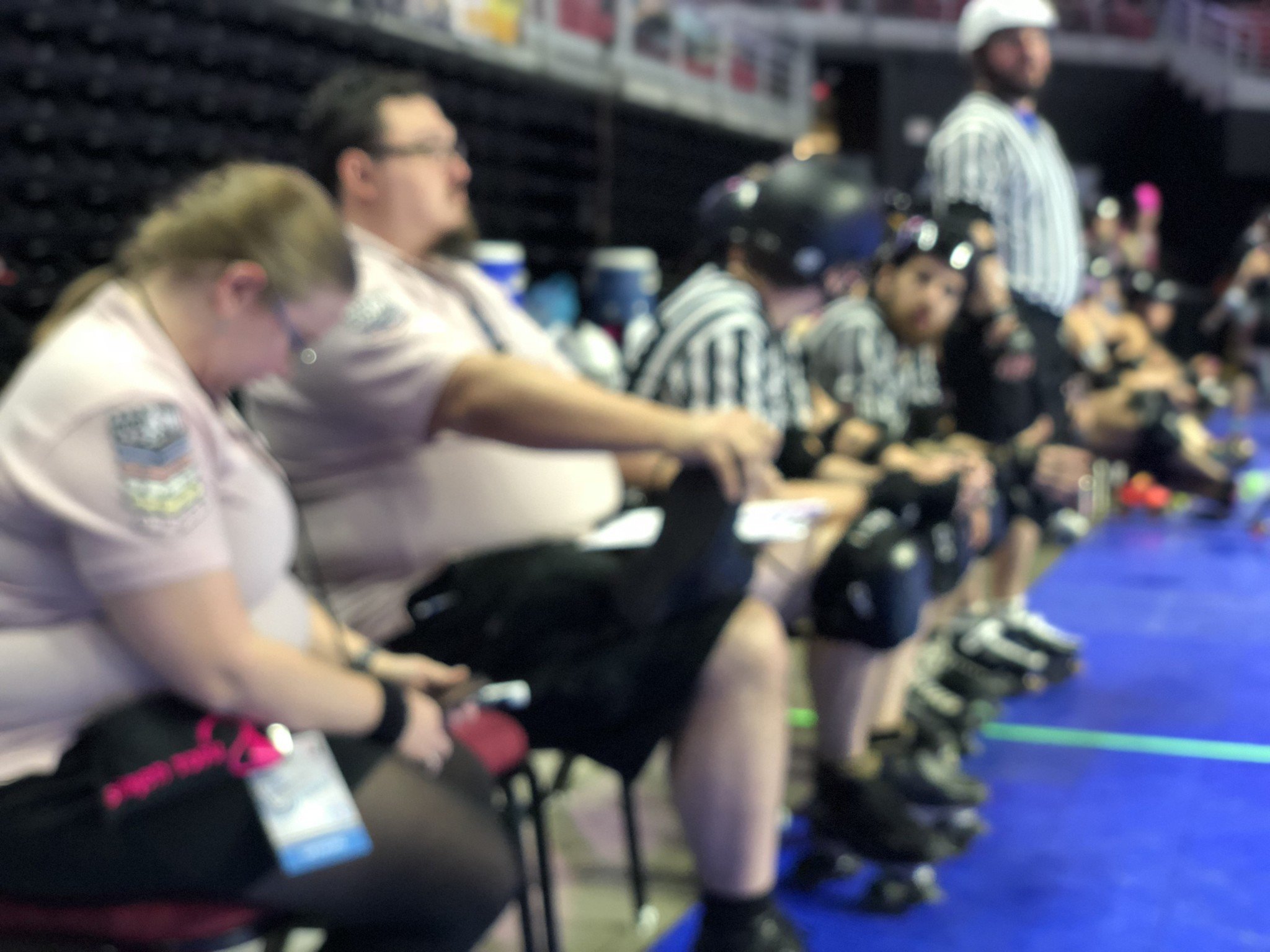
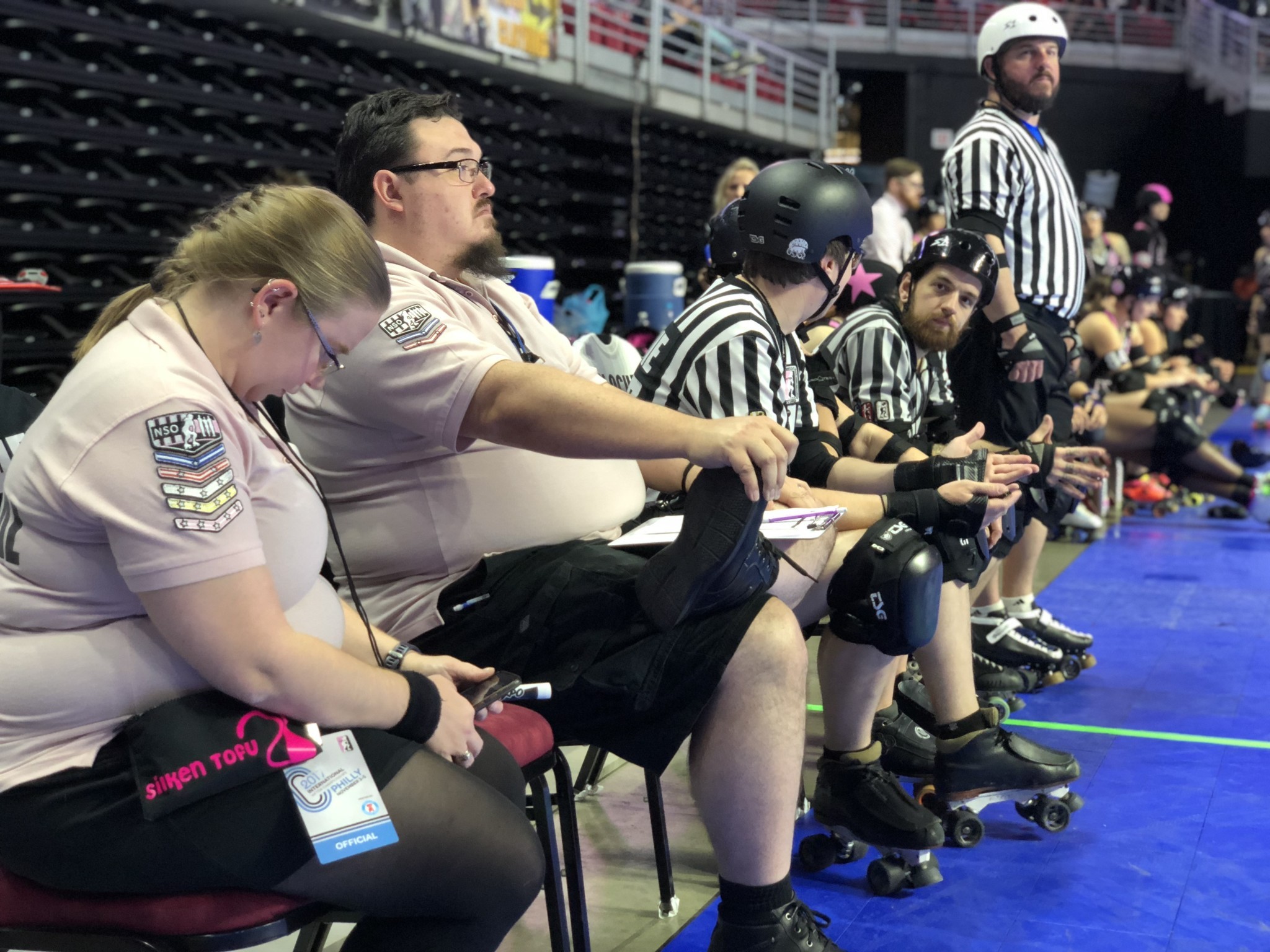
When I tried to shoot portraits rapidly, Portrait mode would occasionally completely defocus; to fix it, I had to switch to Photo mode and back again.
I can't say I'm surprised by this: Apple's ISP is churning out thousands of data points in milliseconds, and the calculations needed to take a portrait photo while the camera and subject are moving… Let's just say I'm impressed that the phone didn't send out an exhausted poof of smoke, Looney Tunes-style.
But you could say this about most iPhones past. Where the iPhone X rises above its competition is in its stellar low-light composition. When snapping still shots, even in almost complete darkness, the portrait effect is still just as good as a well-lit shot.
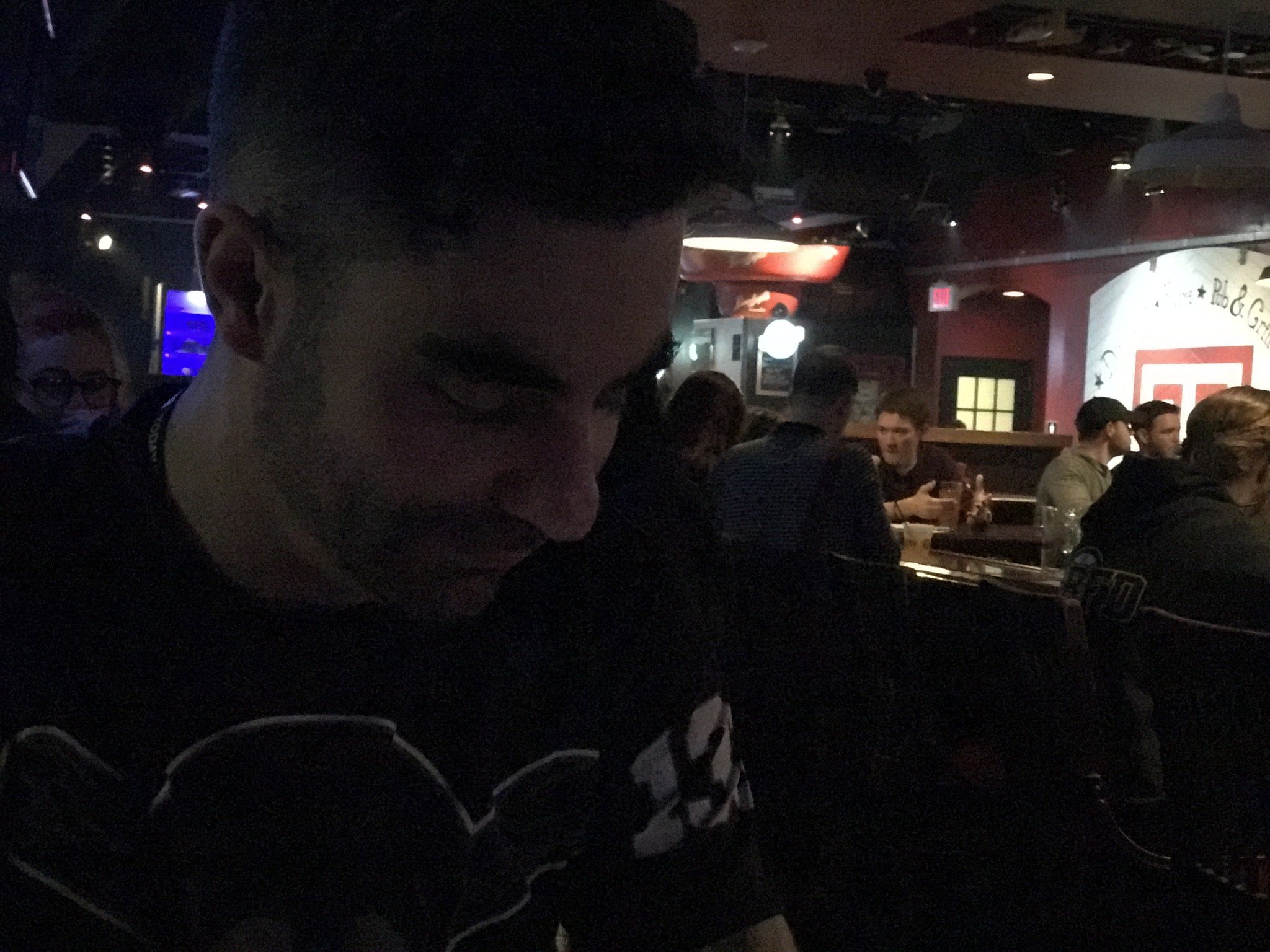

Left: iPhone 7 Plus attempts Portrait mode in a dimly-lit bar; Right: iPhone X does the same.
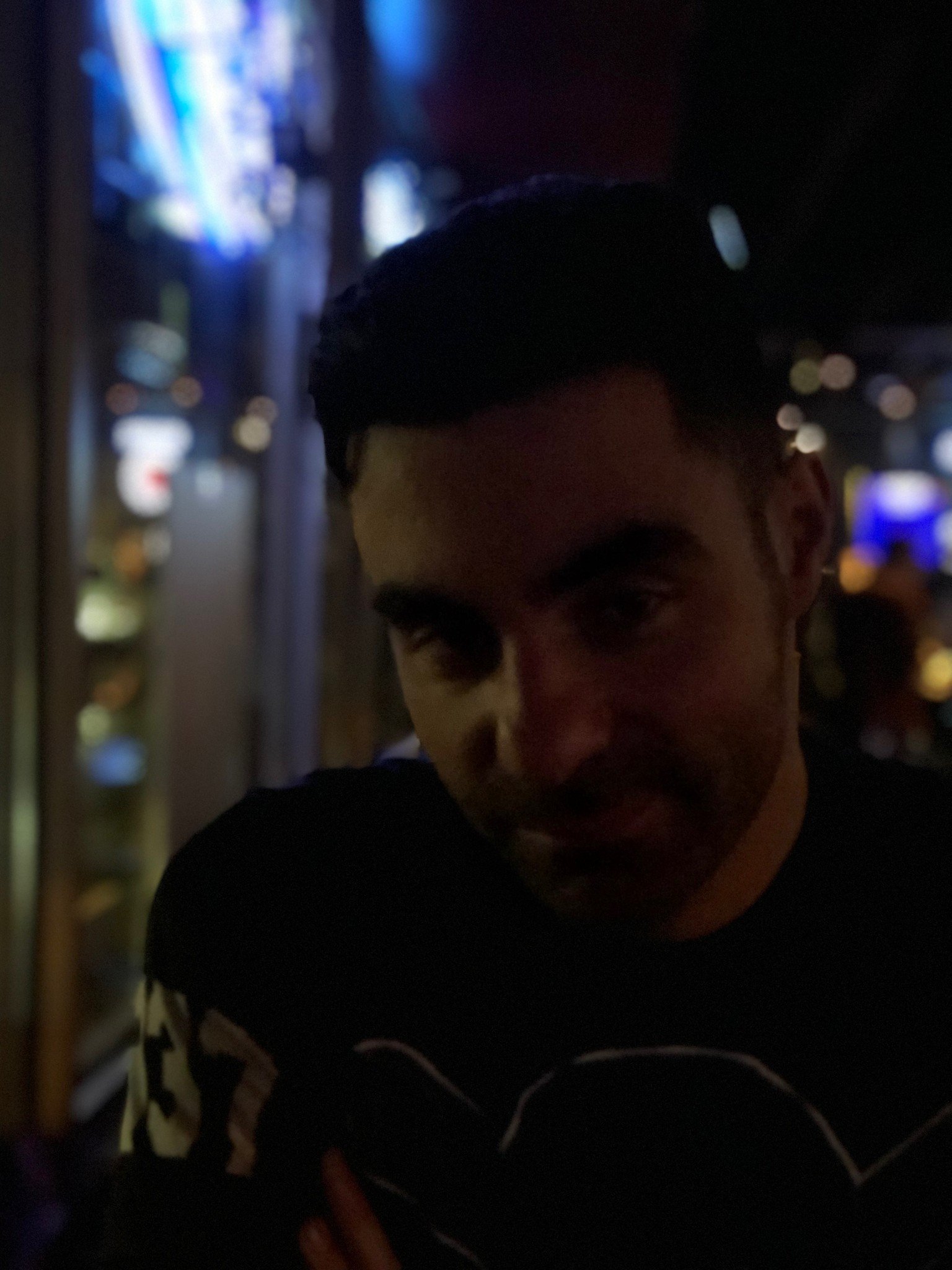
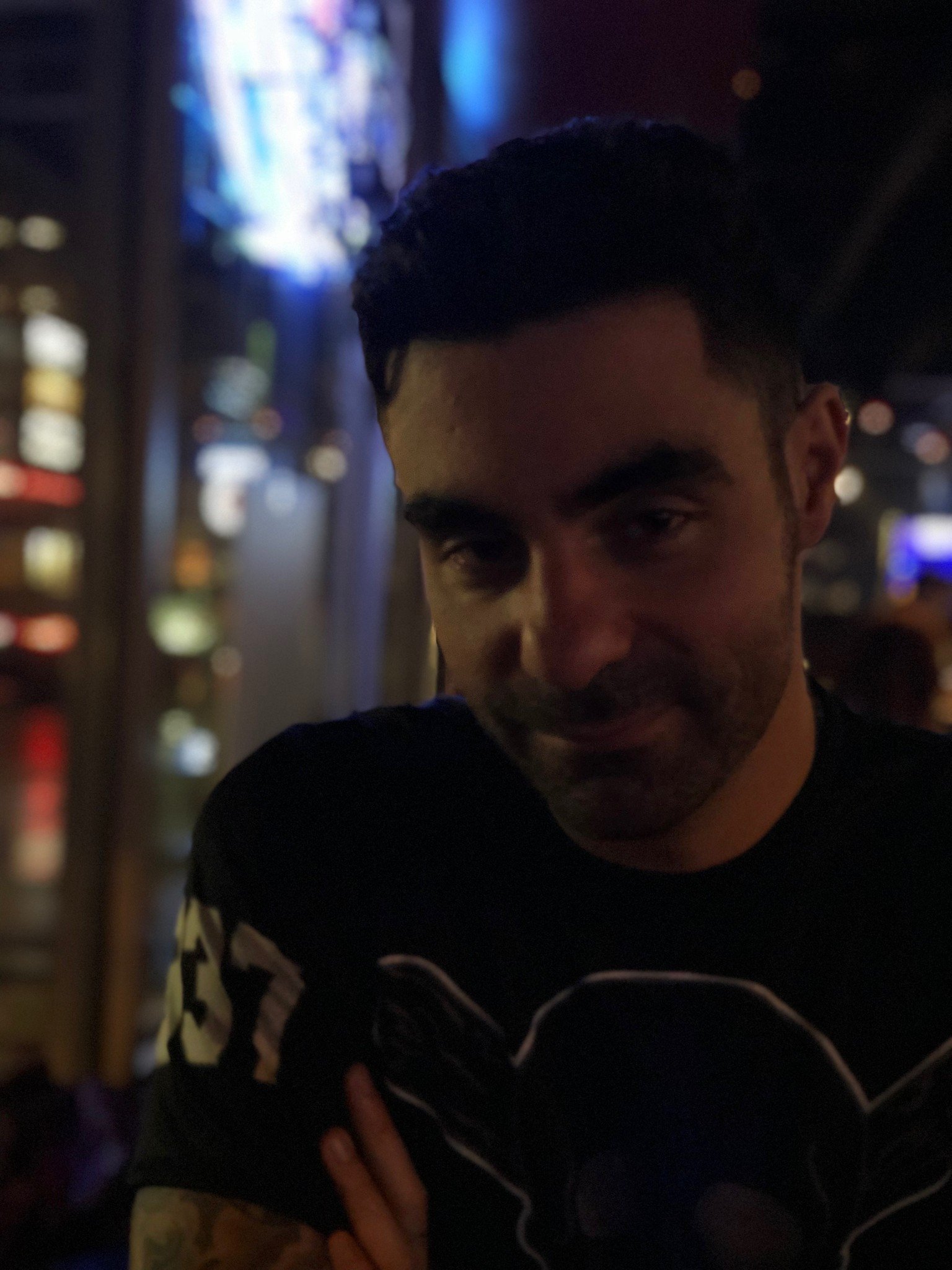
Left: iPhone 8 Plus and Portrait mode; Right: iPhone X and the same.
The iPhone 8 Plus keeps up with the iPhone X in composition, but still can't illuminate the facial detailwork the iPhone X's sensor can find. Add smart background lighting, and the effect is even greater.
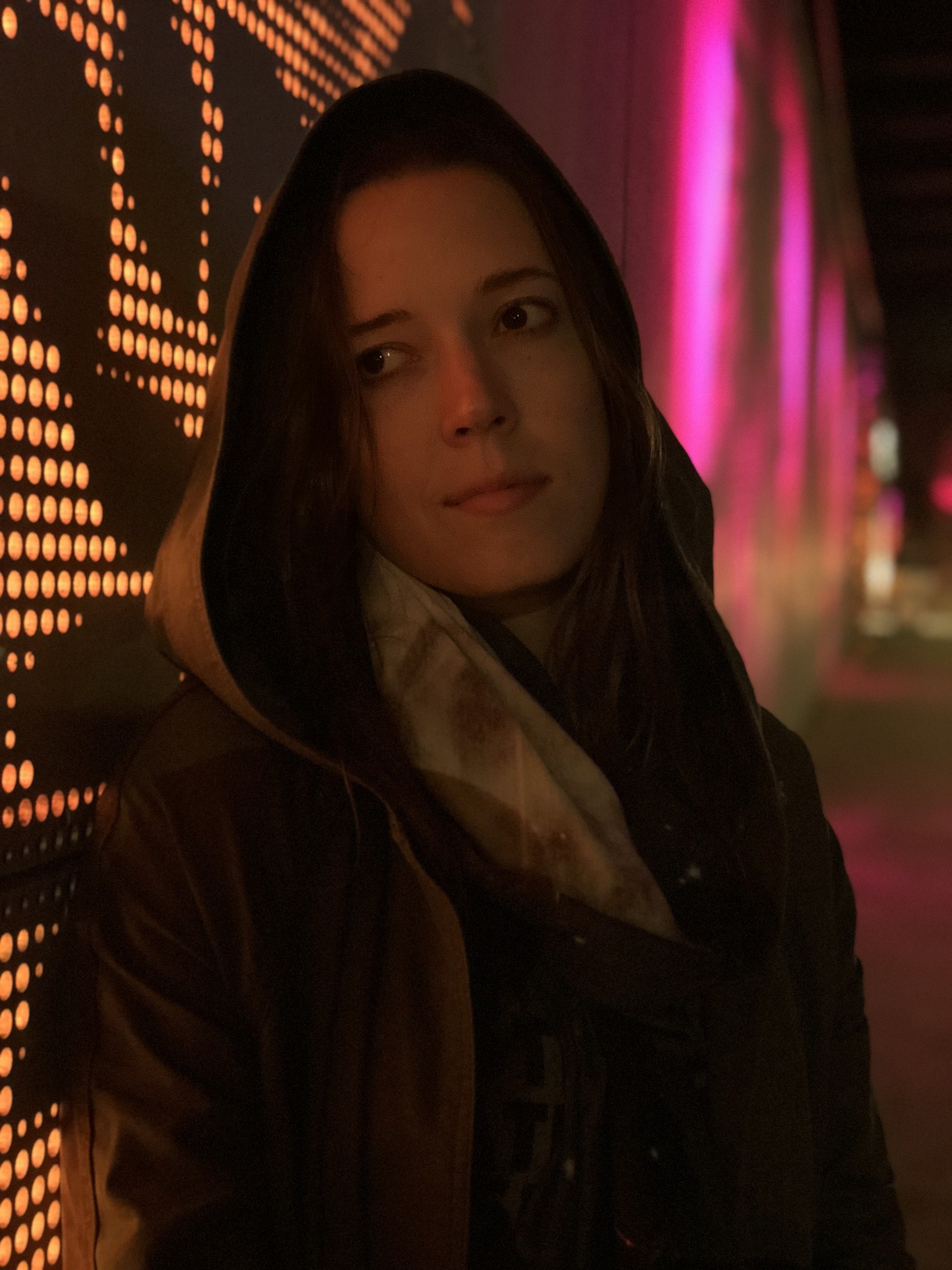
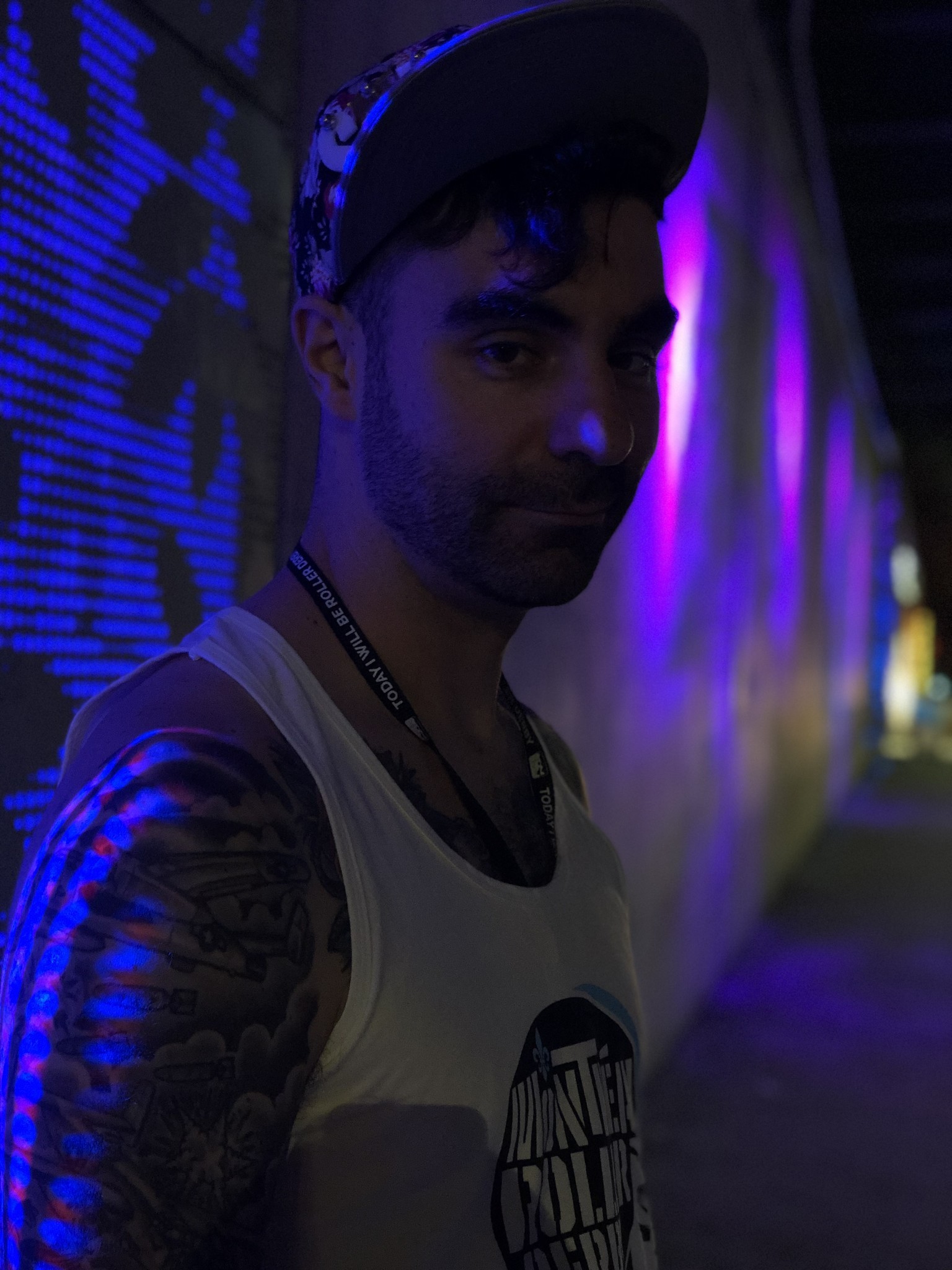
These photos were taken underneath Philly's Spring Garden bridge.
The front-facing Portrait mode is also a nice bonus — though it has a tendency to overexpose the background in order to properly expose and measure depth on the subject. (I'll have more to say about front-facing portrait mode later this week.)
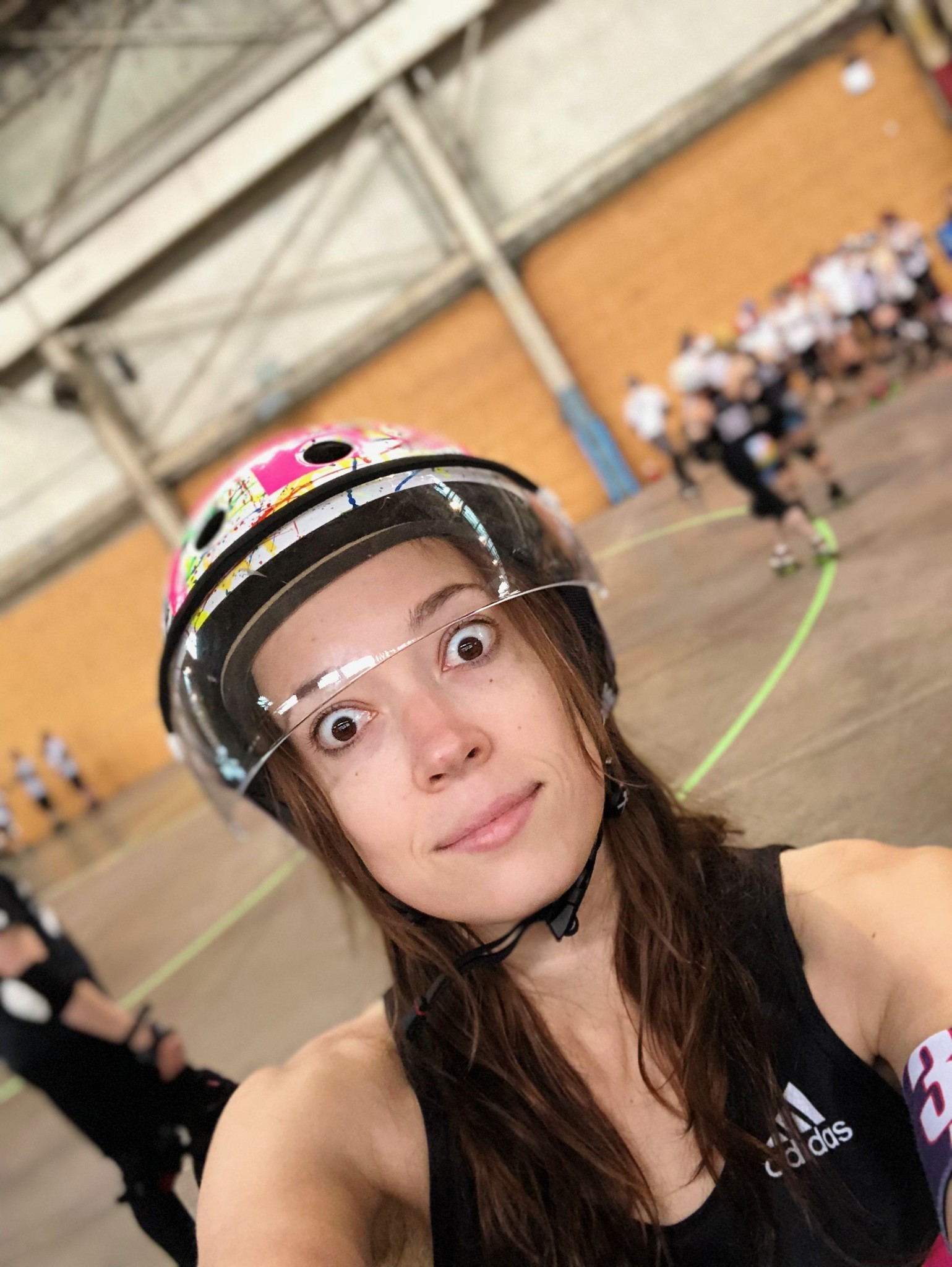

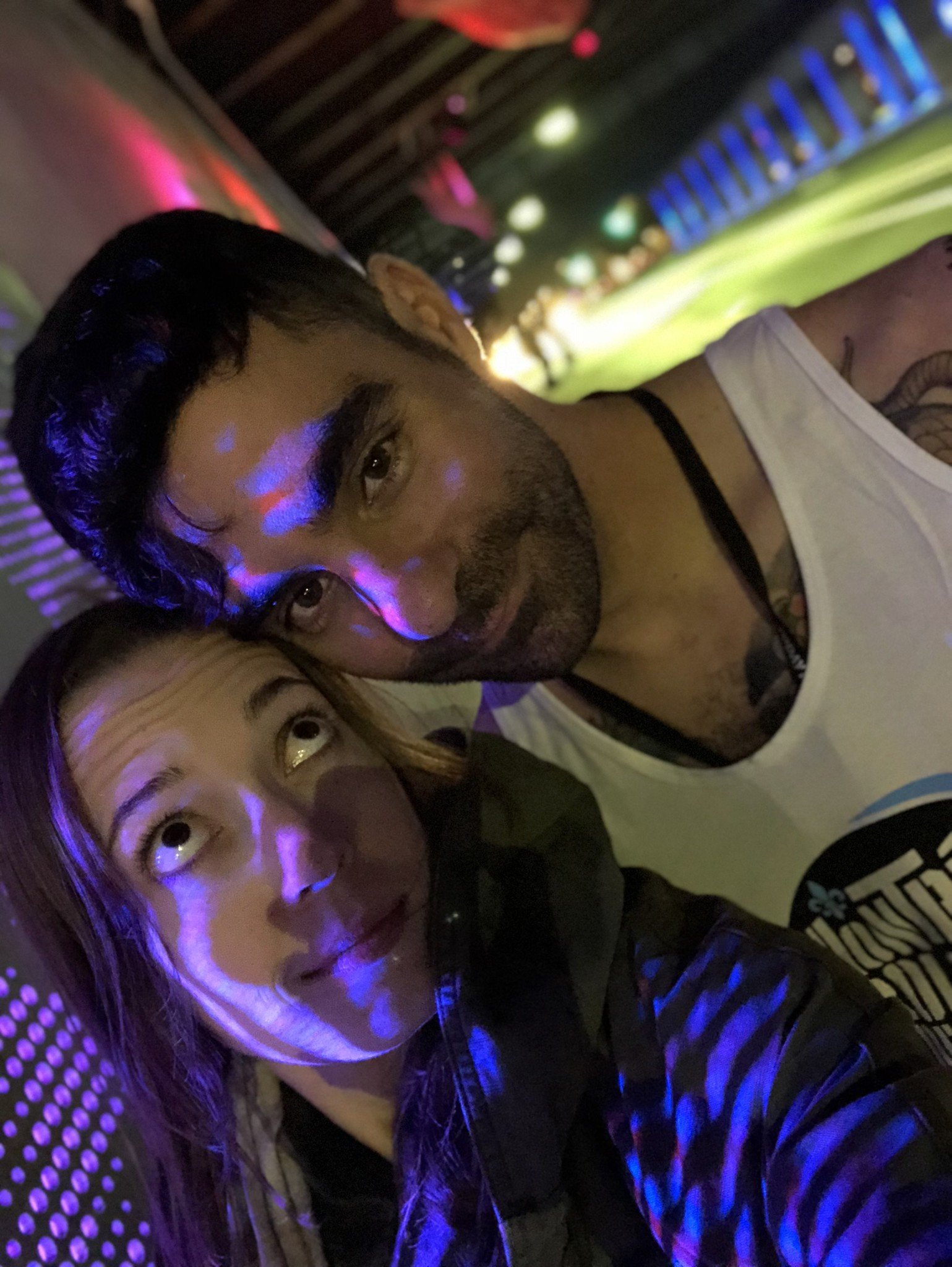
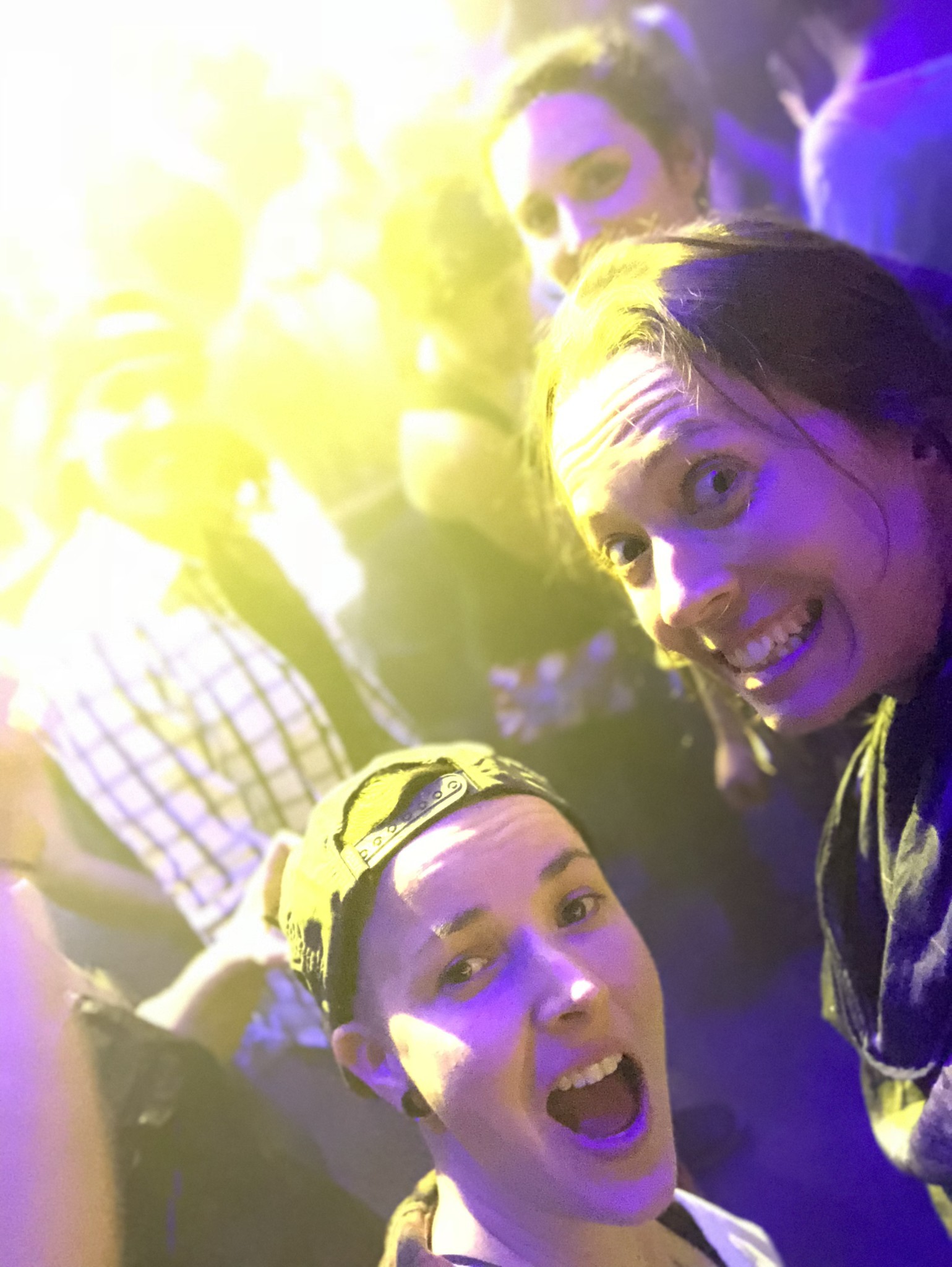
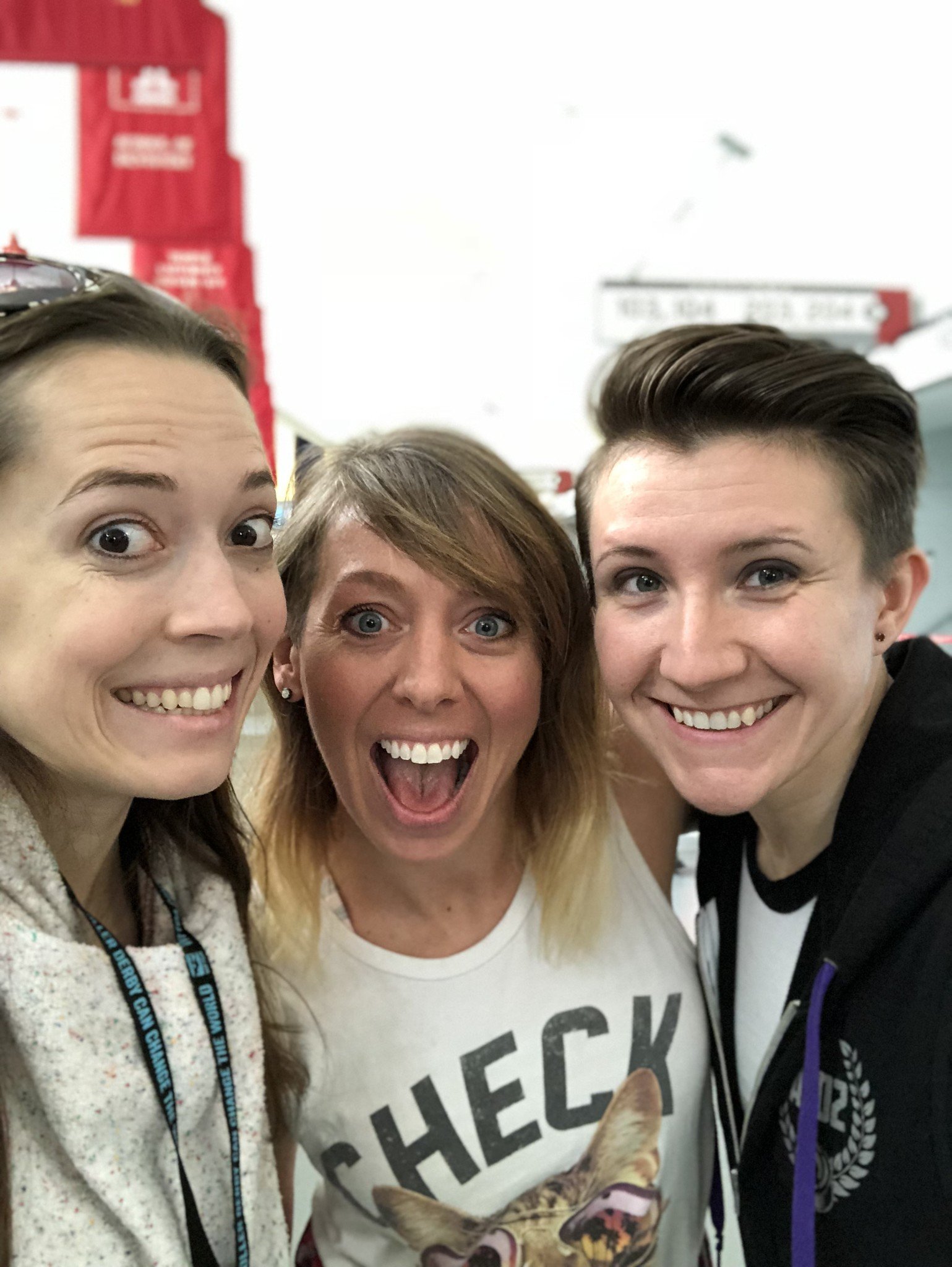
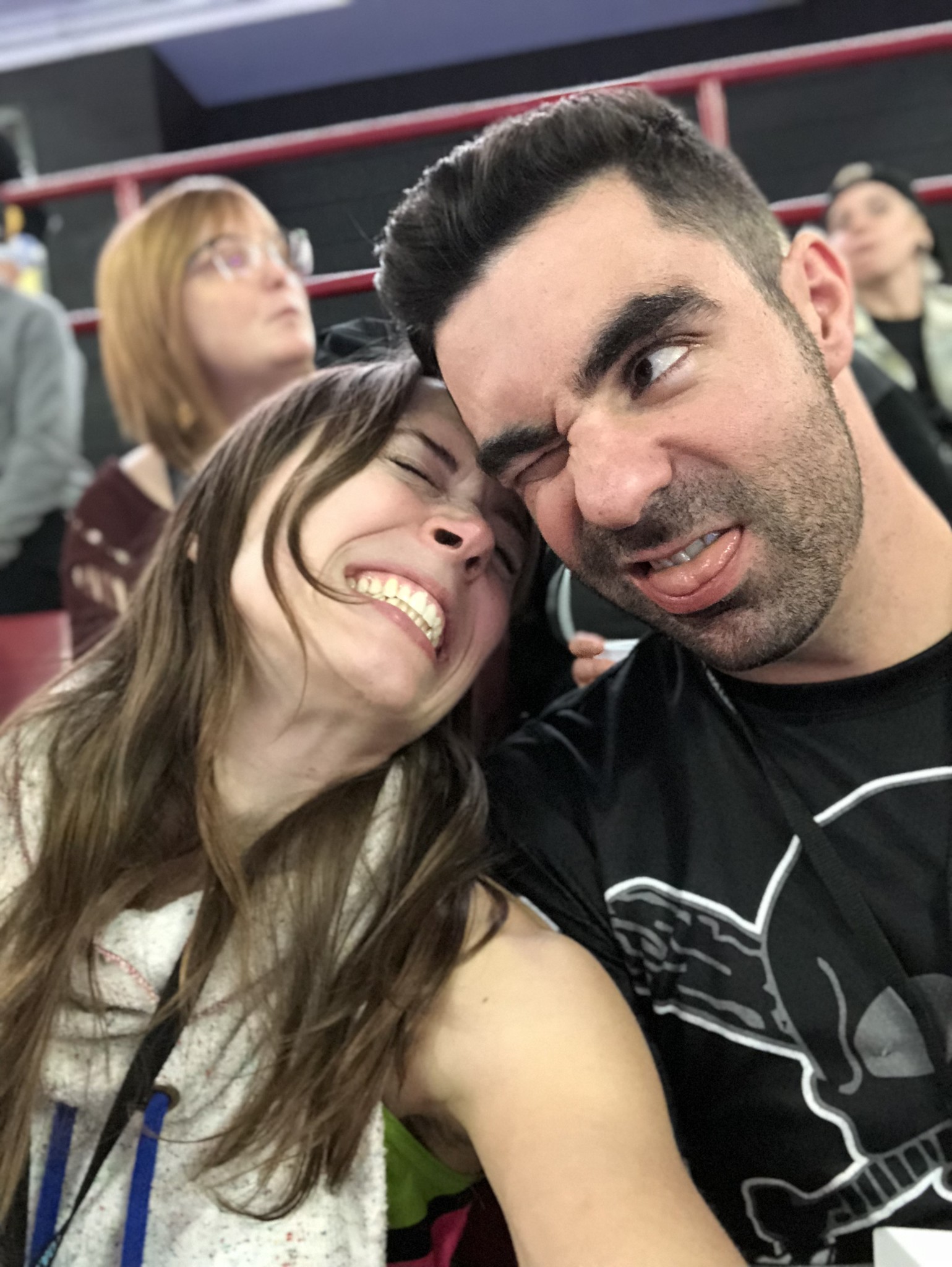
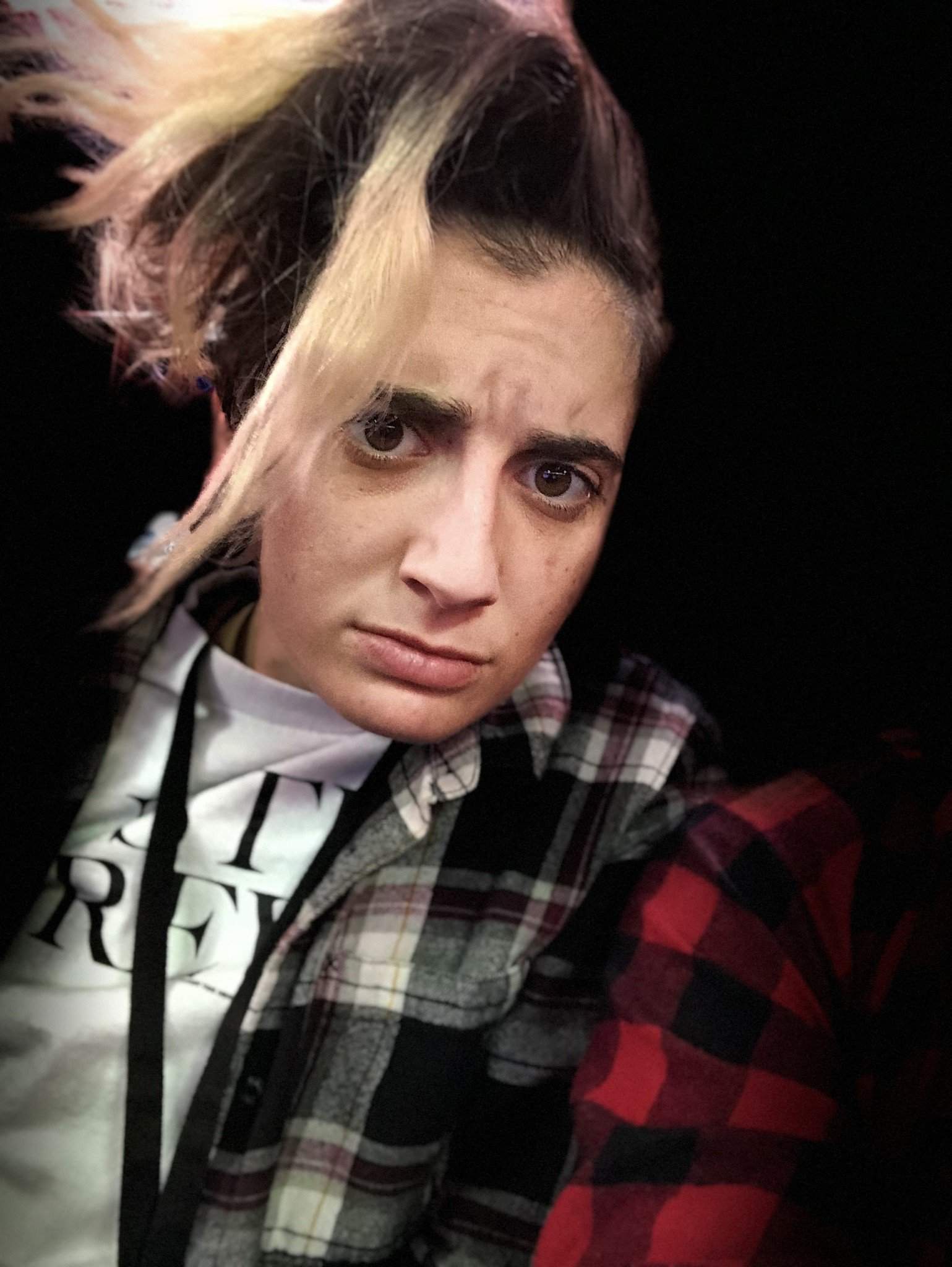
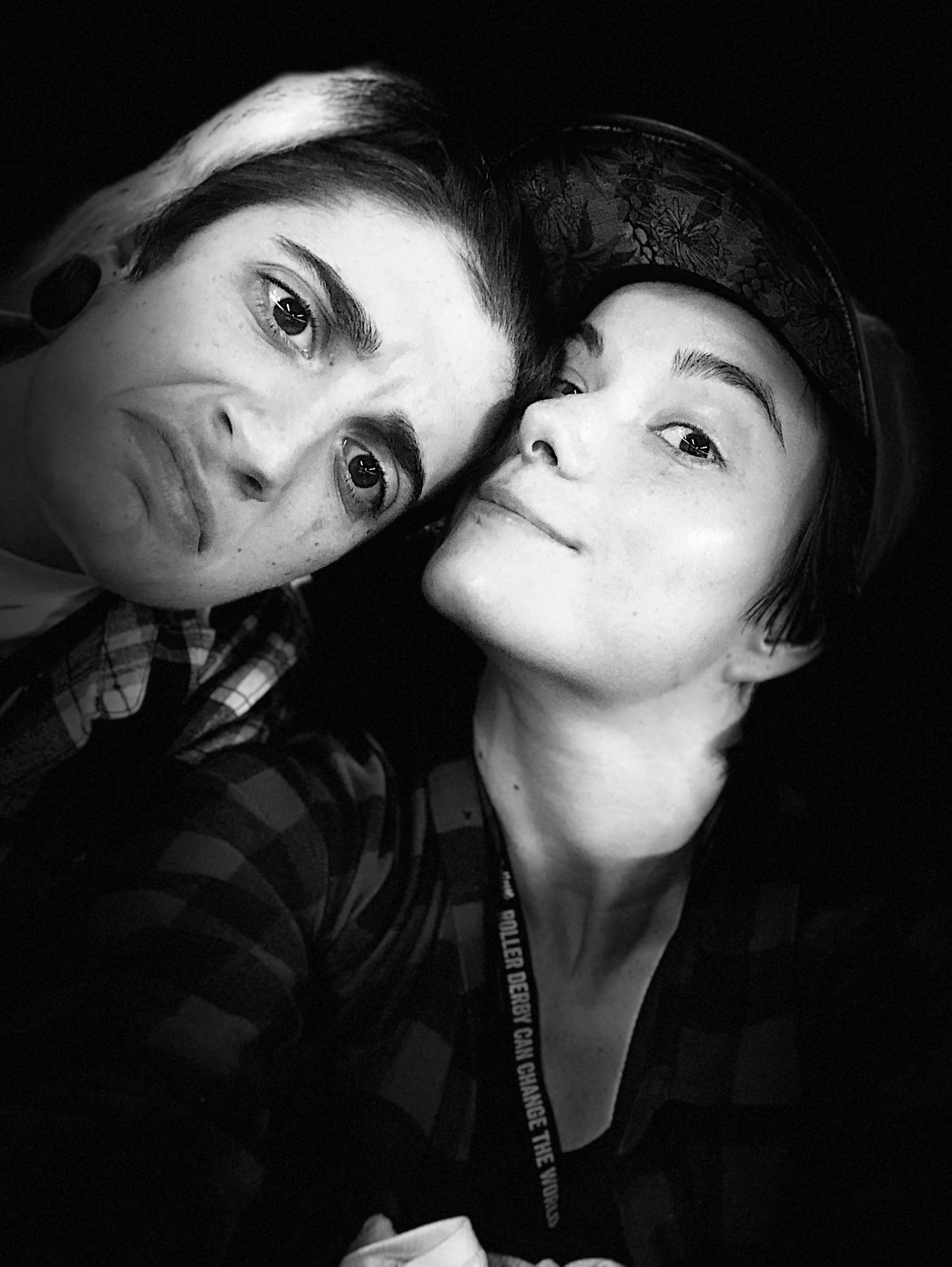
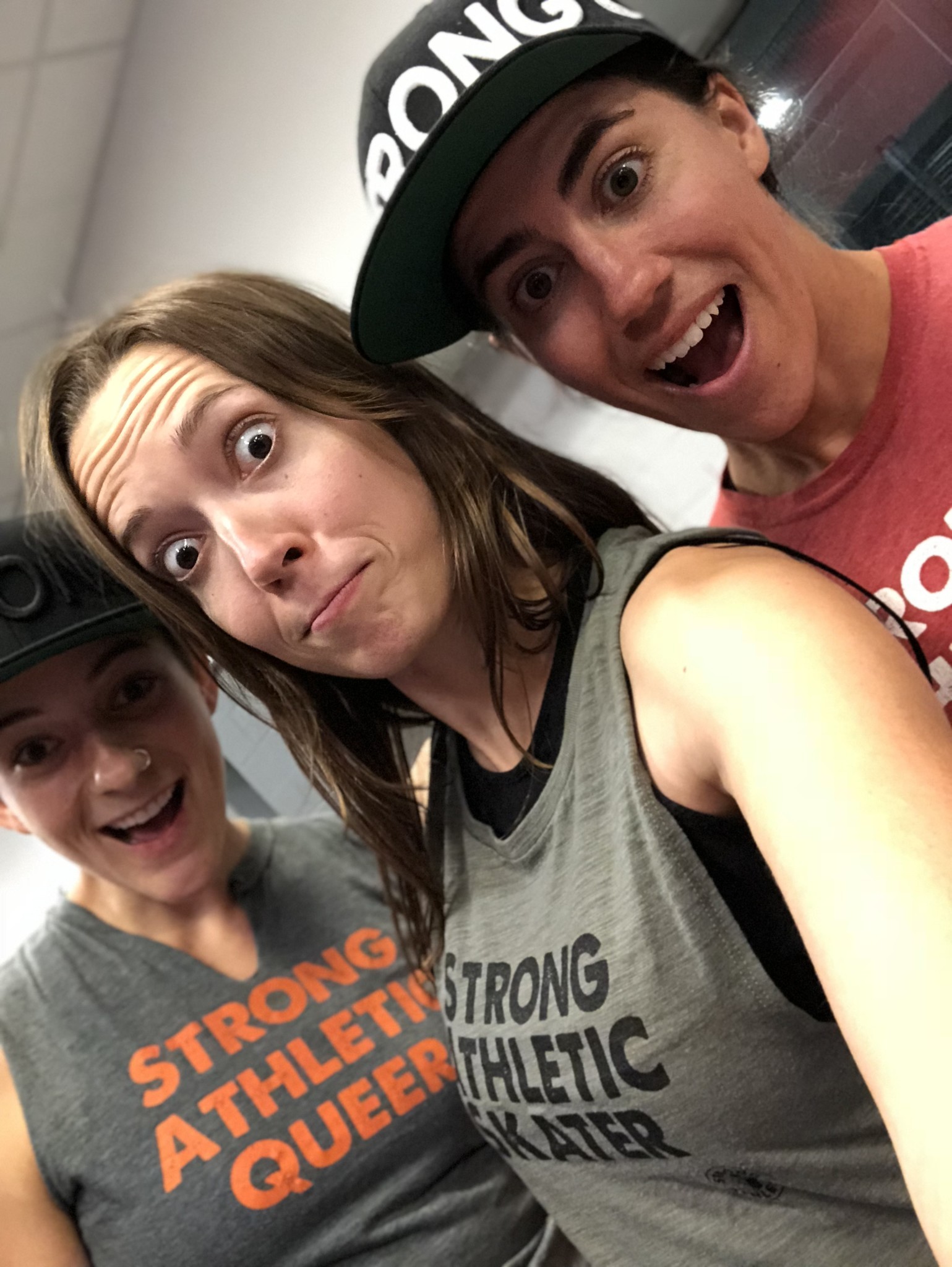
Bottom line
The iPhone X may still have "phone" in its name, but the phone is the least interesting part of this device. To my mind, the next generation of iPhone isn't about the smartphone — it's come into its own as a smart camera.
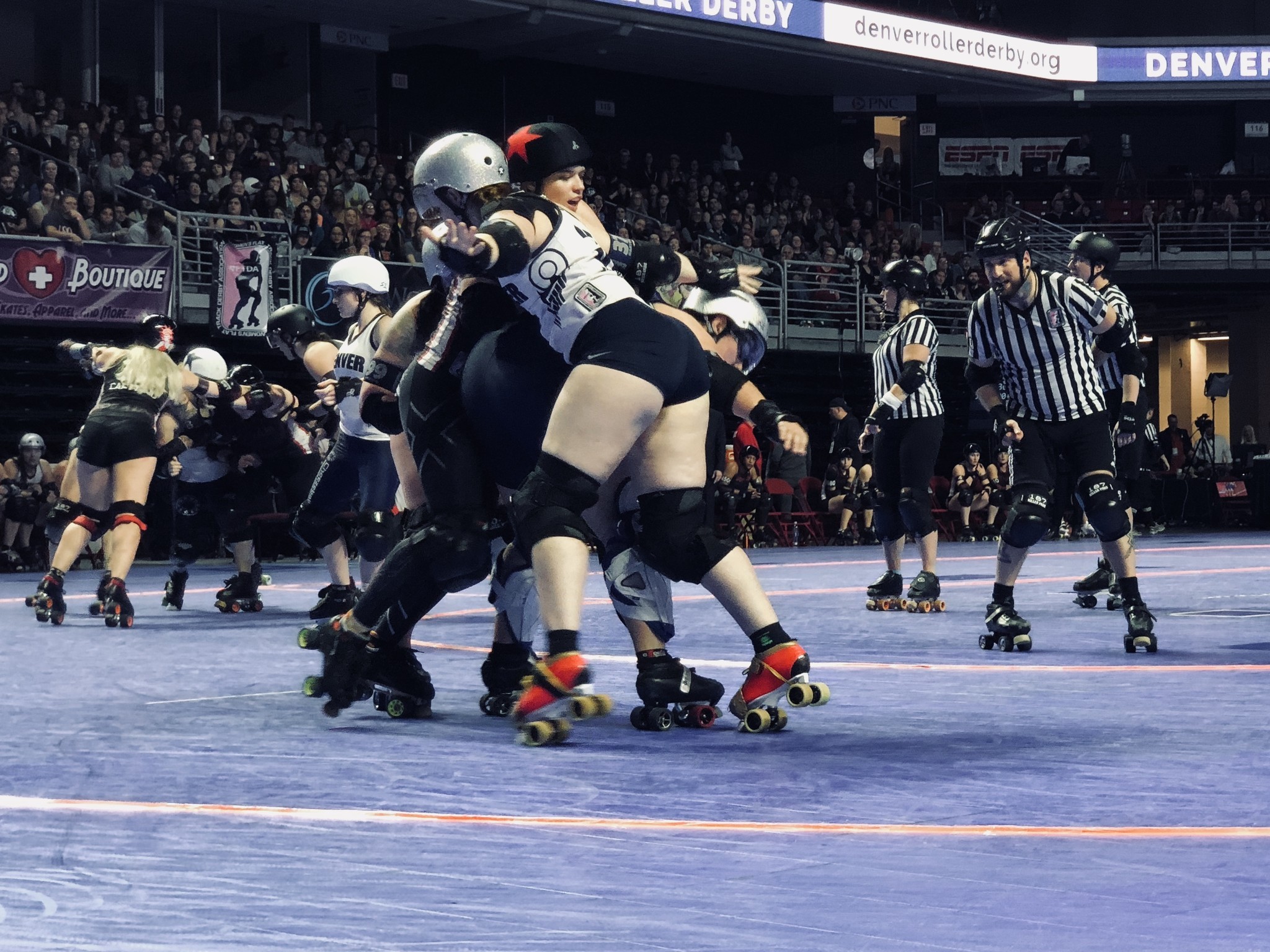
No, its photographic capabilities still won't punch above the weight of multi-thousand-dollar kits or well-paired zoom lenses. But they're more than competent for most photography ventures; add in the iPhone X's 4K and 240FPS 1080P video features, and a bevy of available excellent editing and post-production software, and you have an incredibly succinct, self-sufficient kit for anything you might tackle — including the occasional roller derby player.
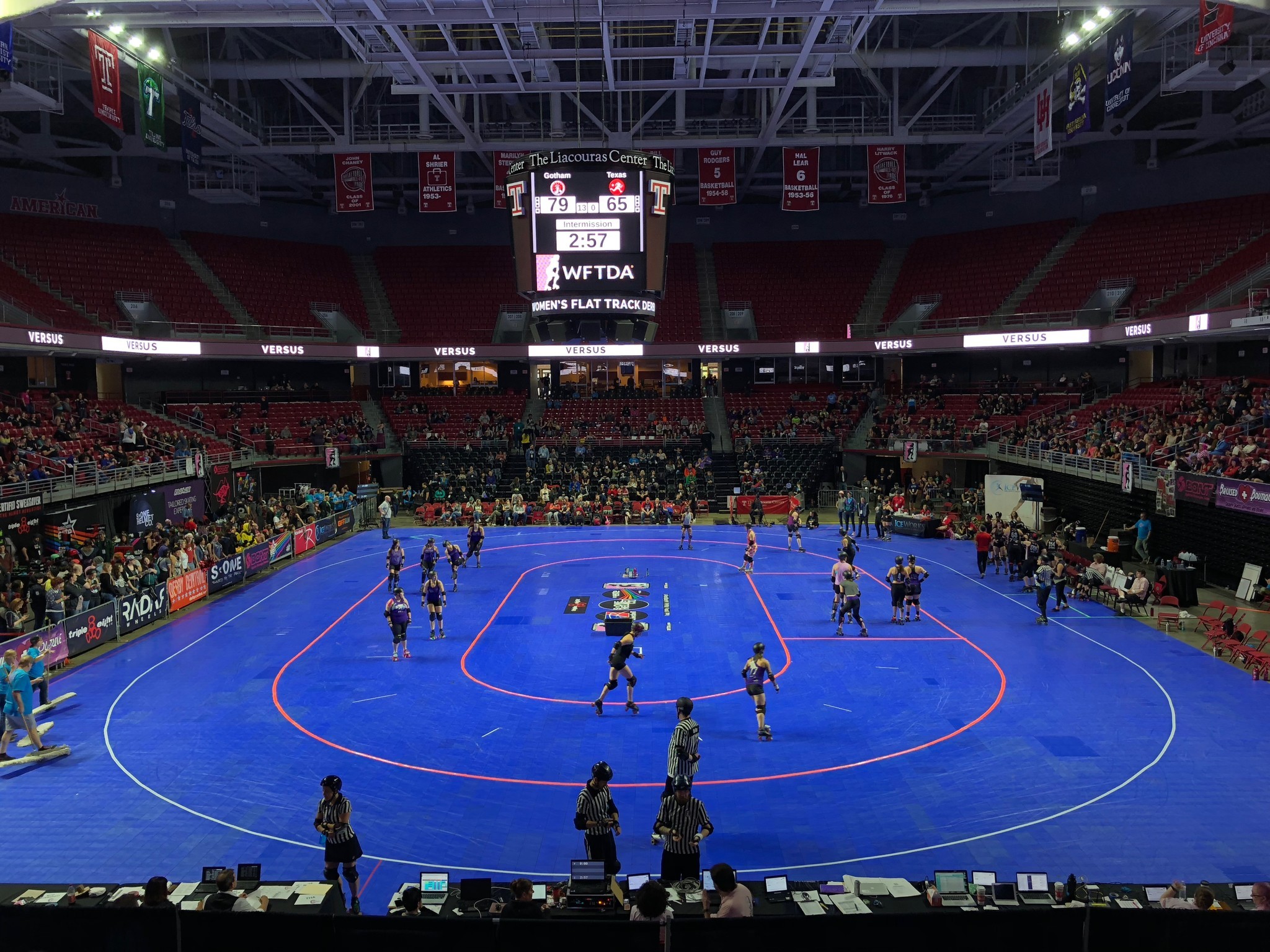
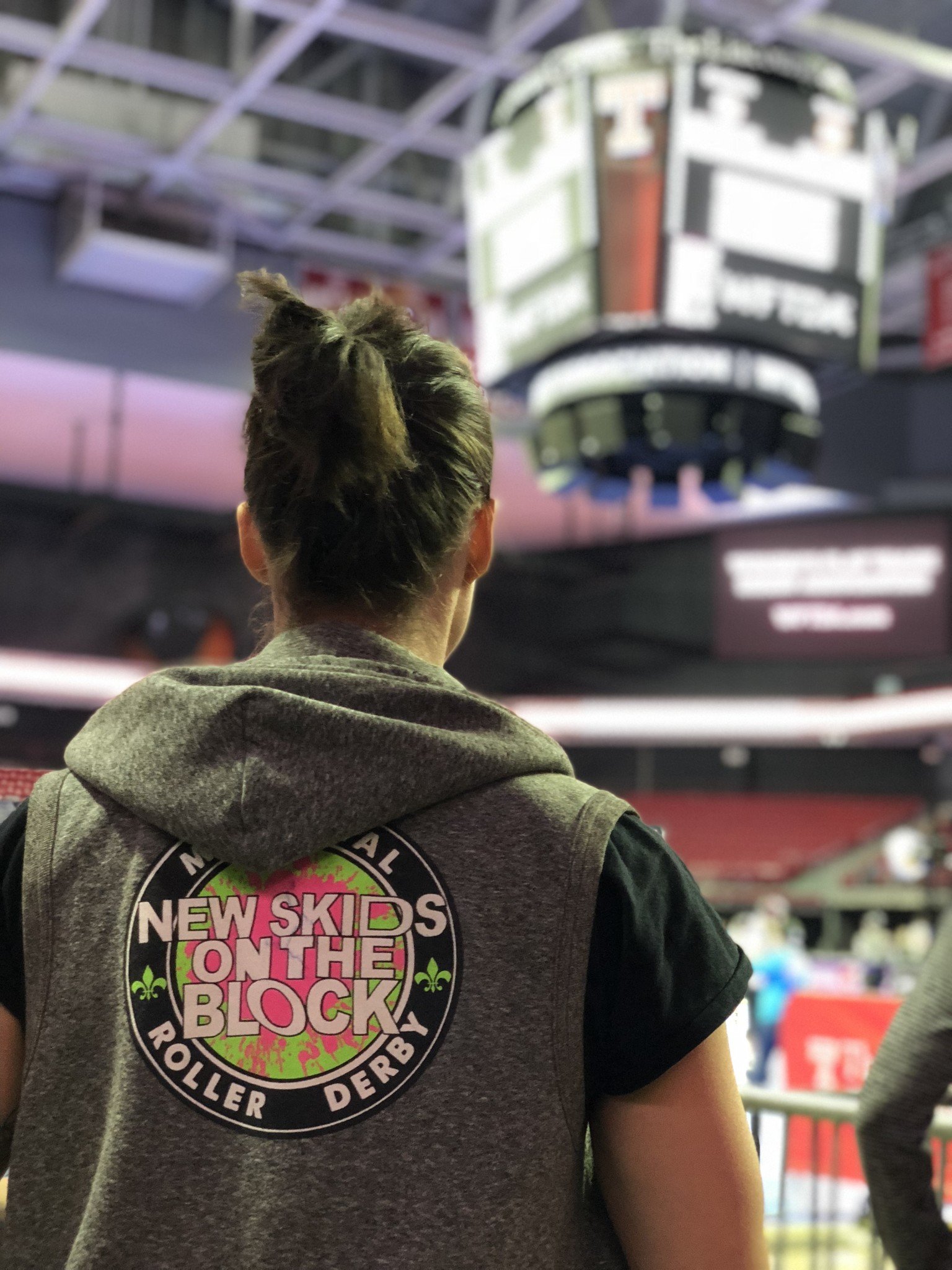
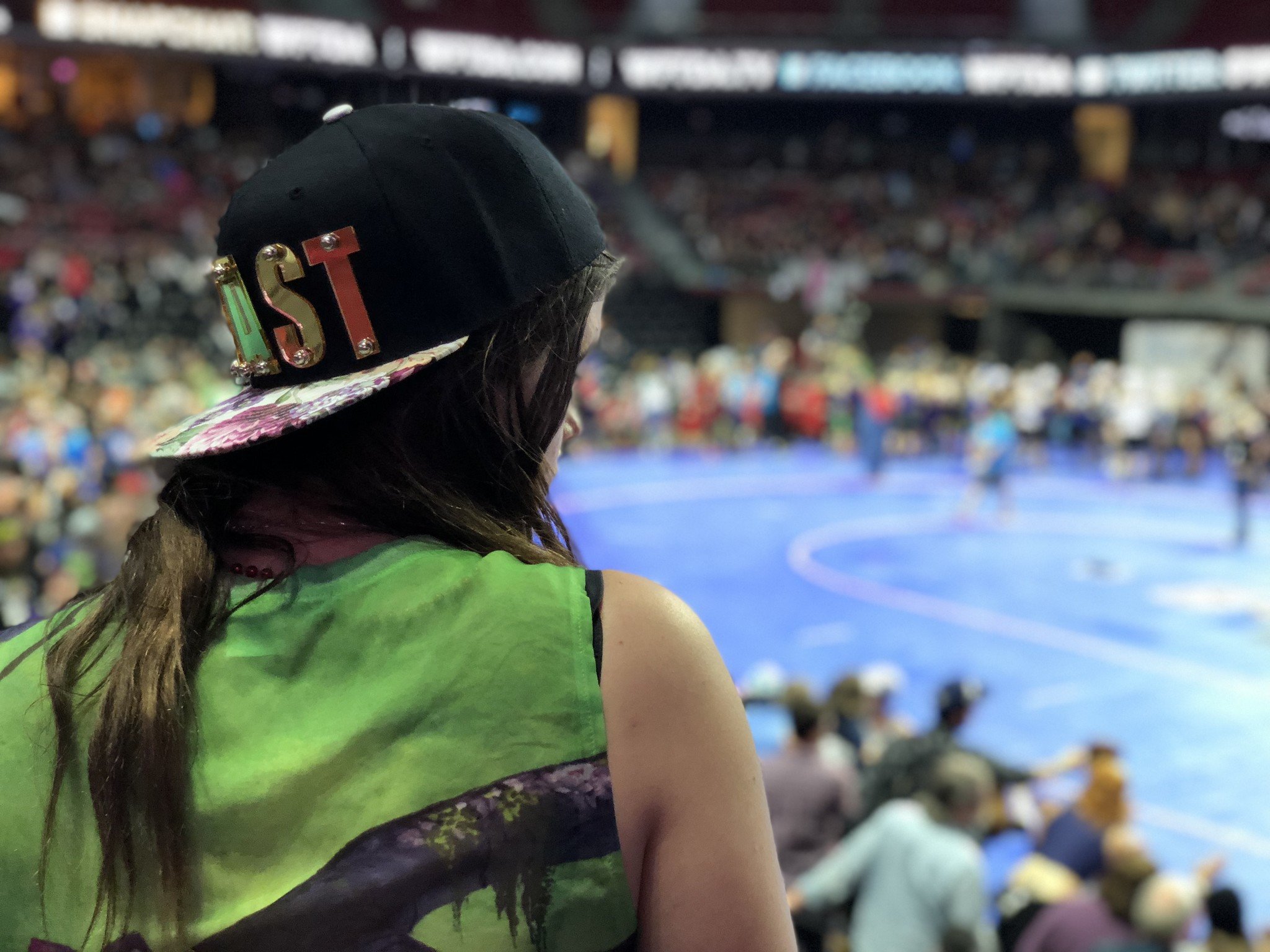
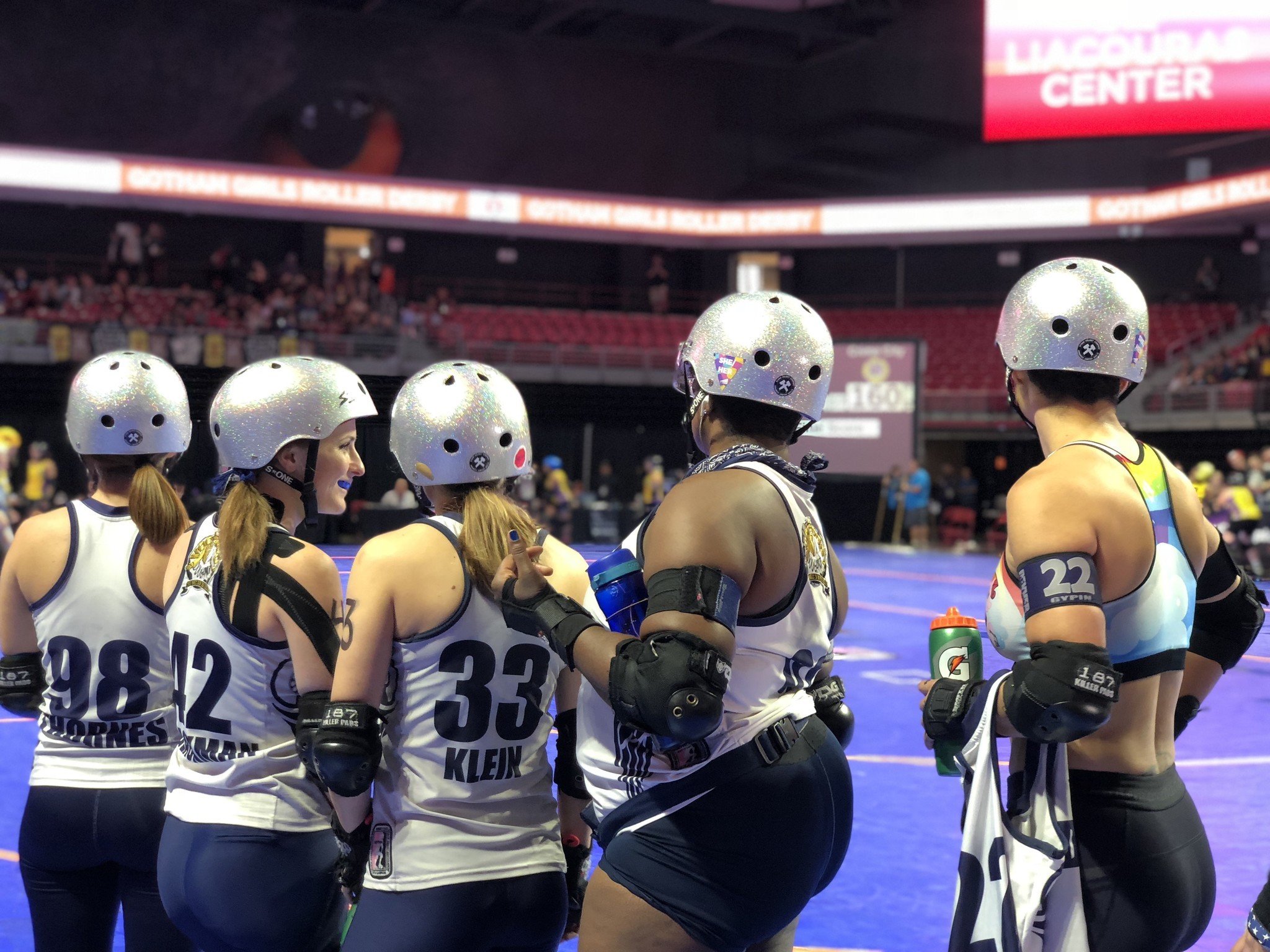
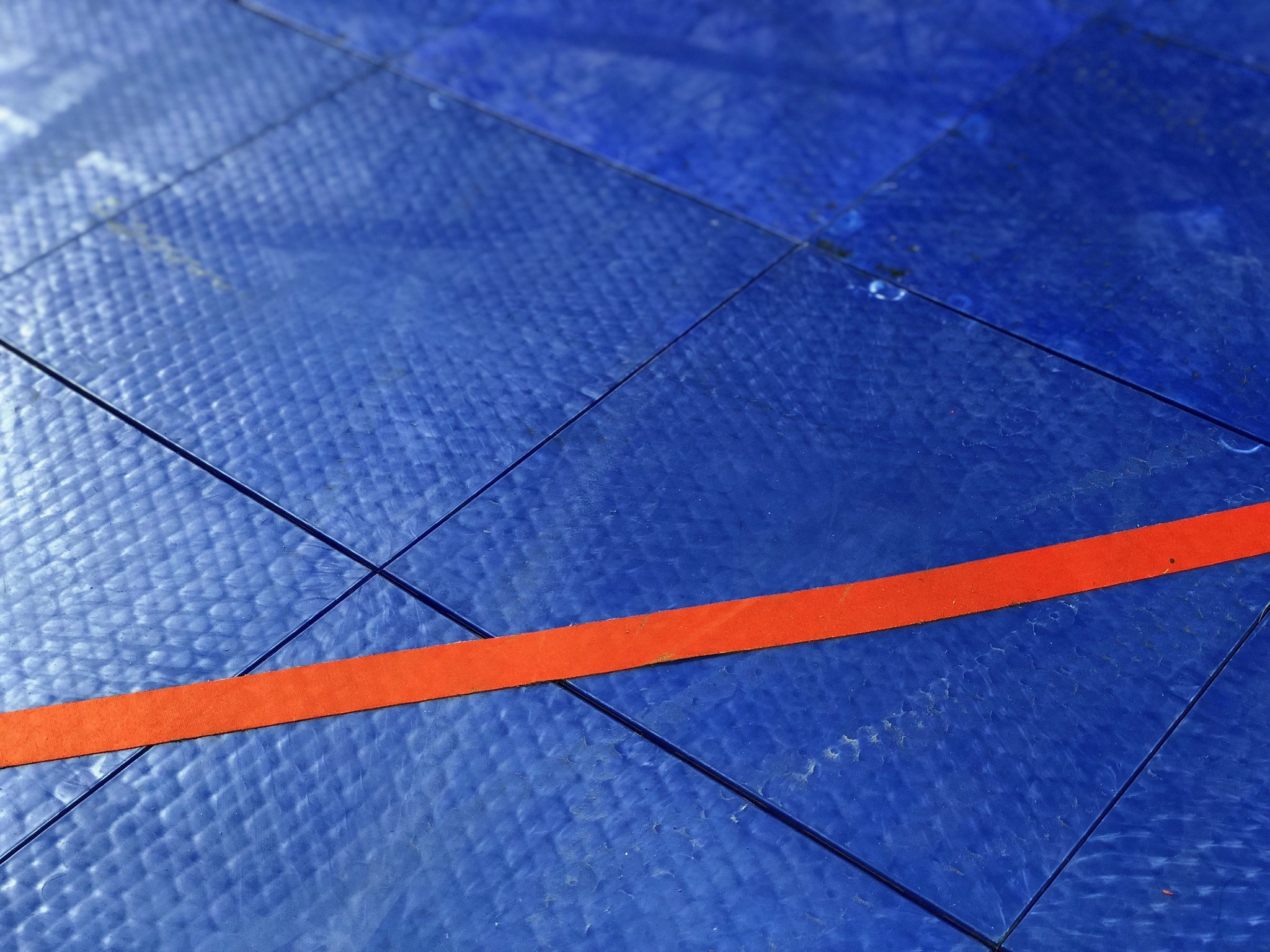
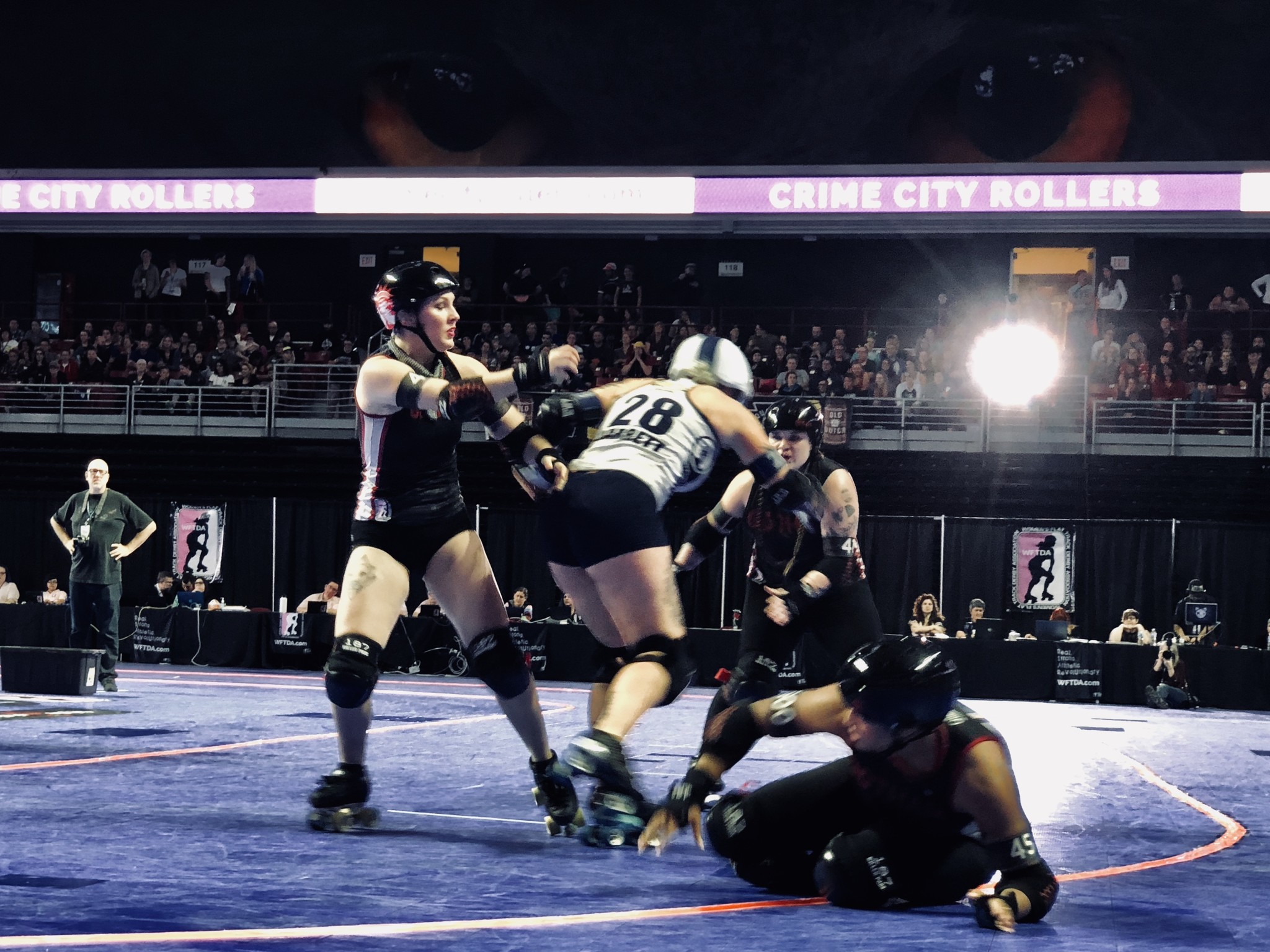
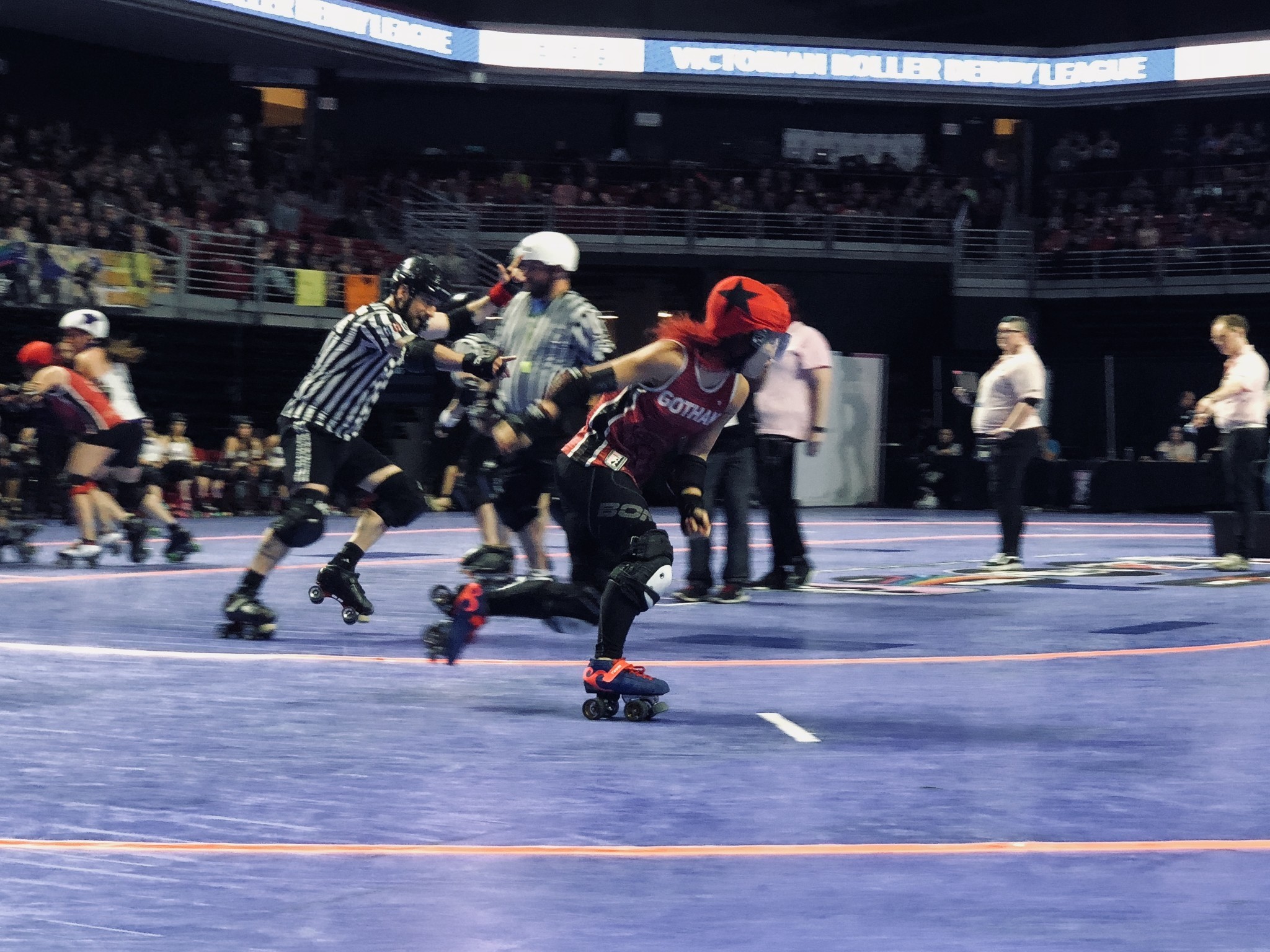
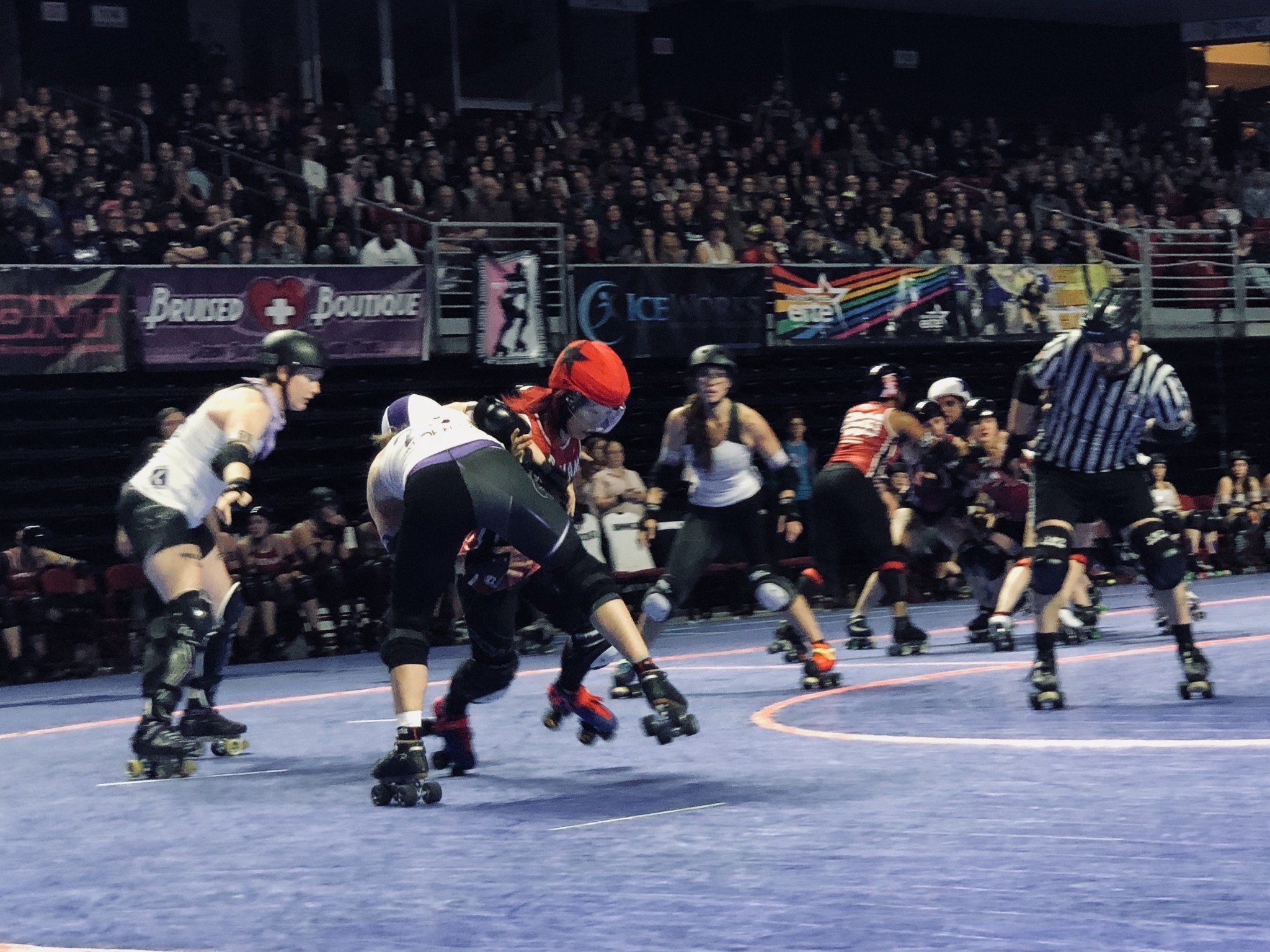
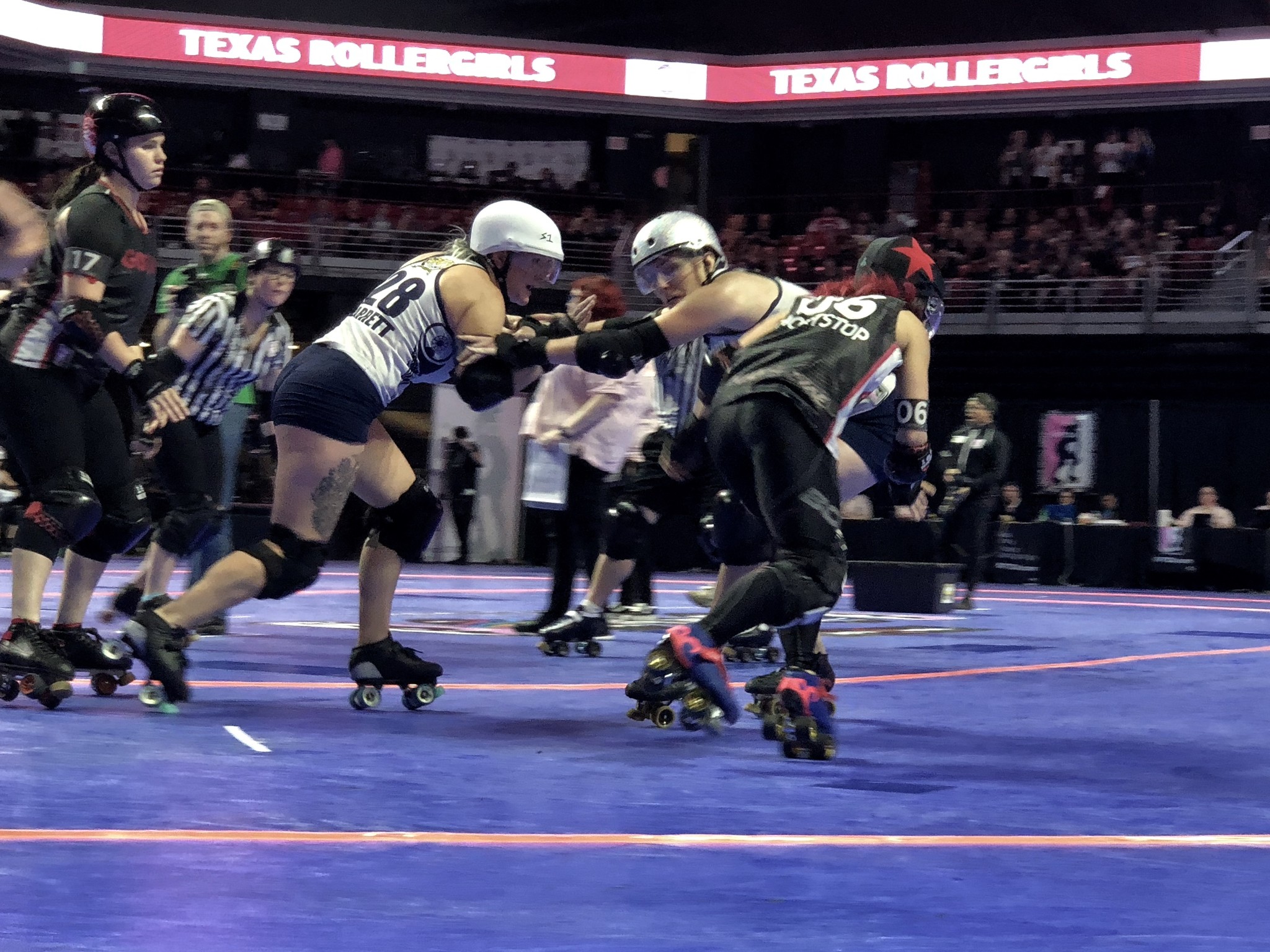
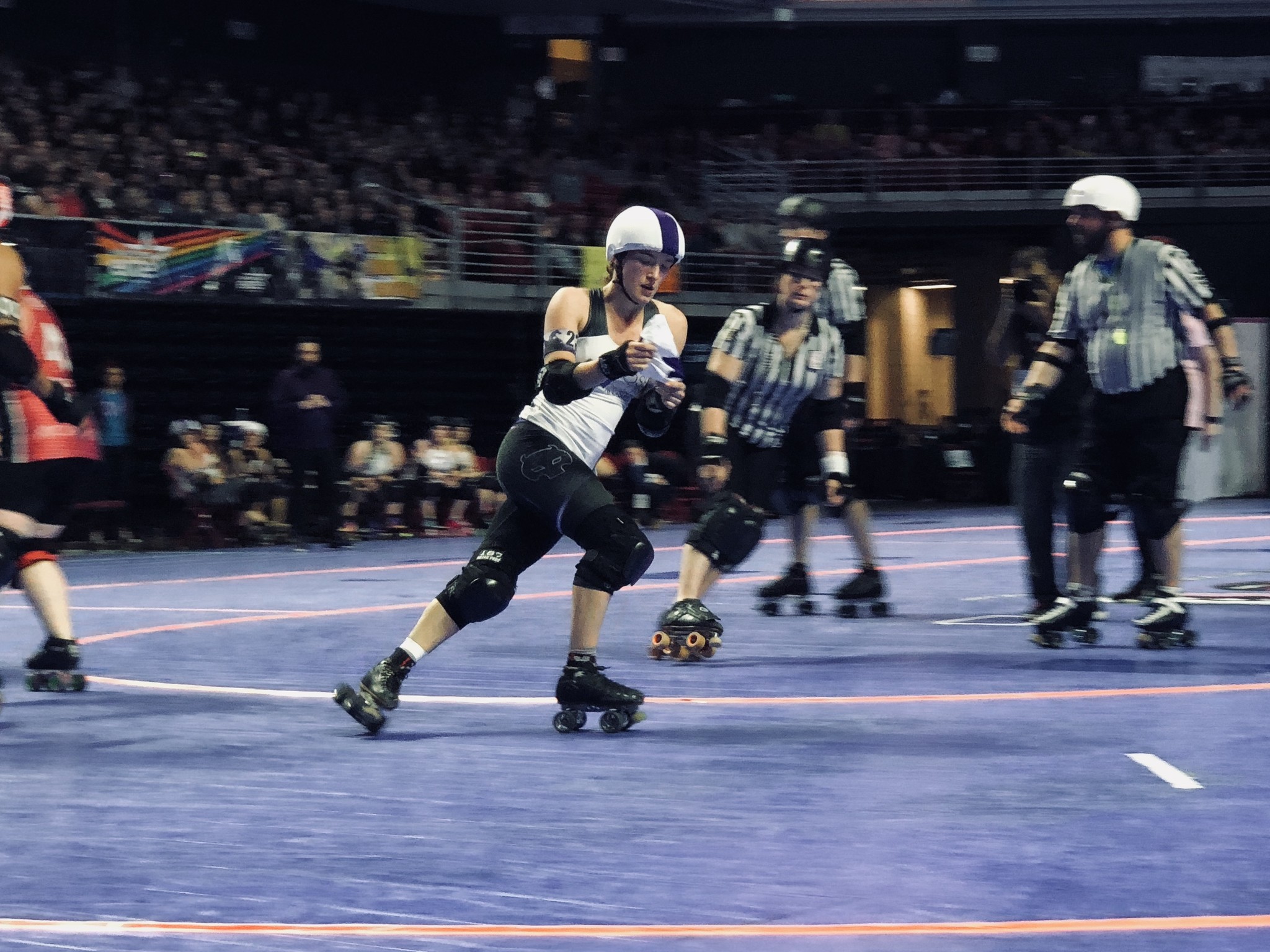
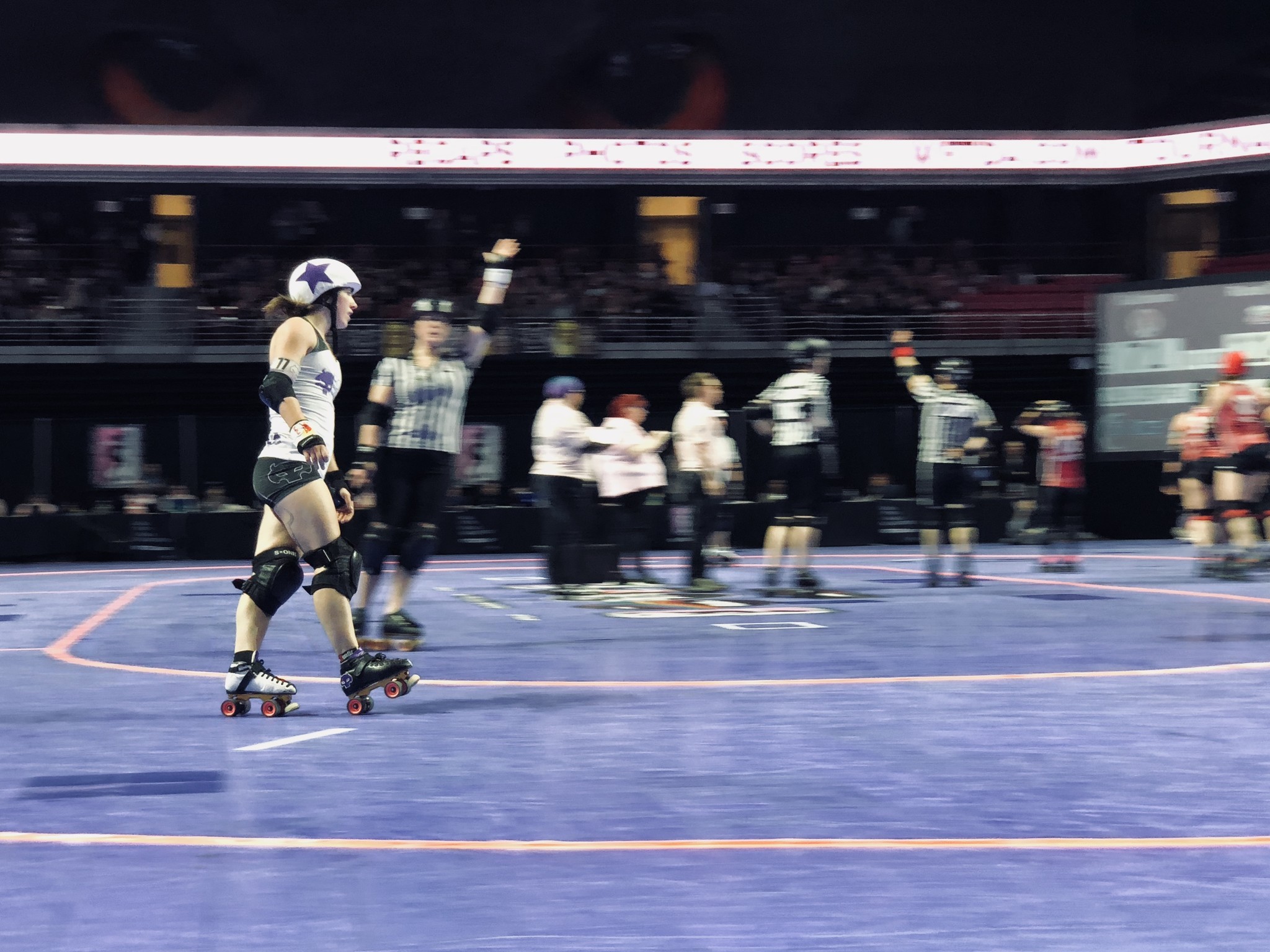
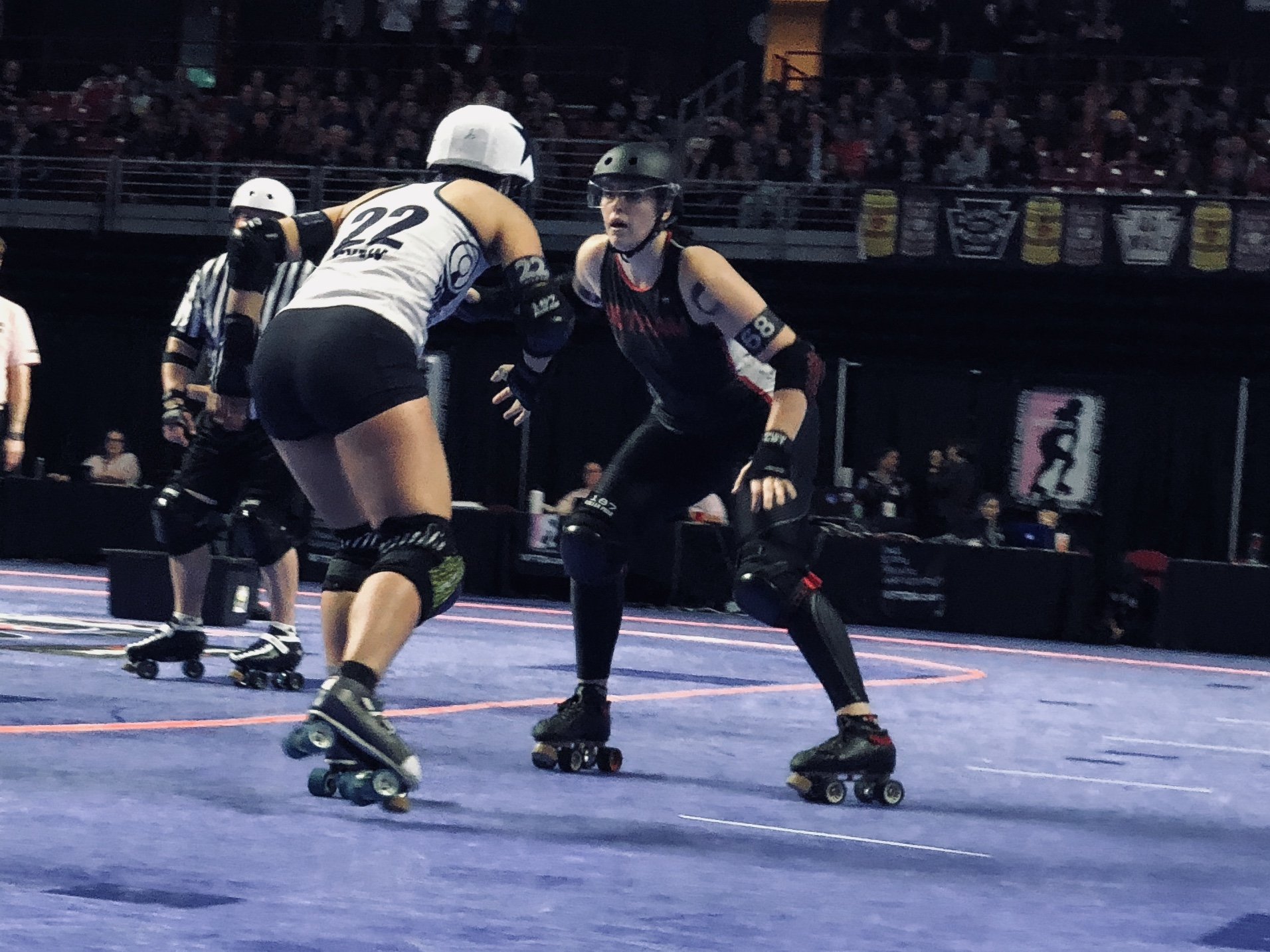
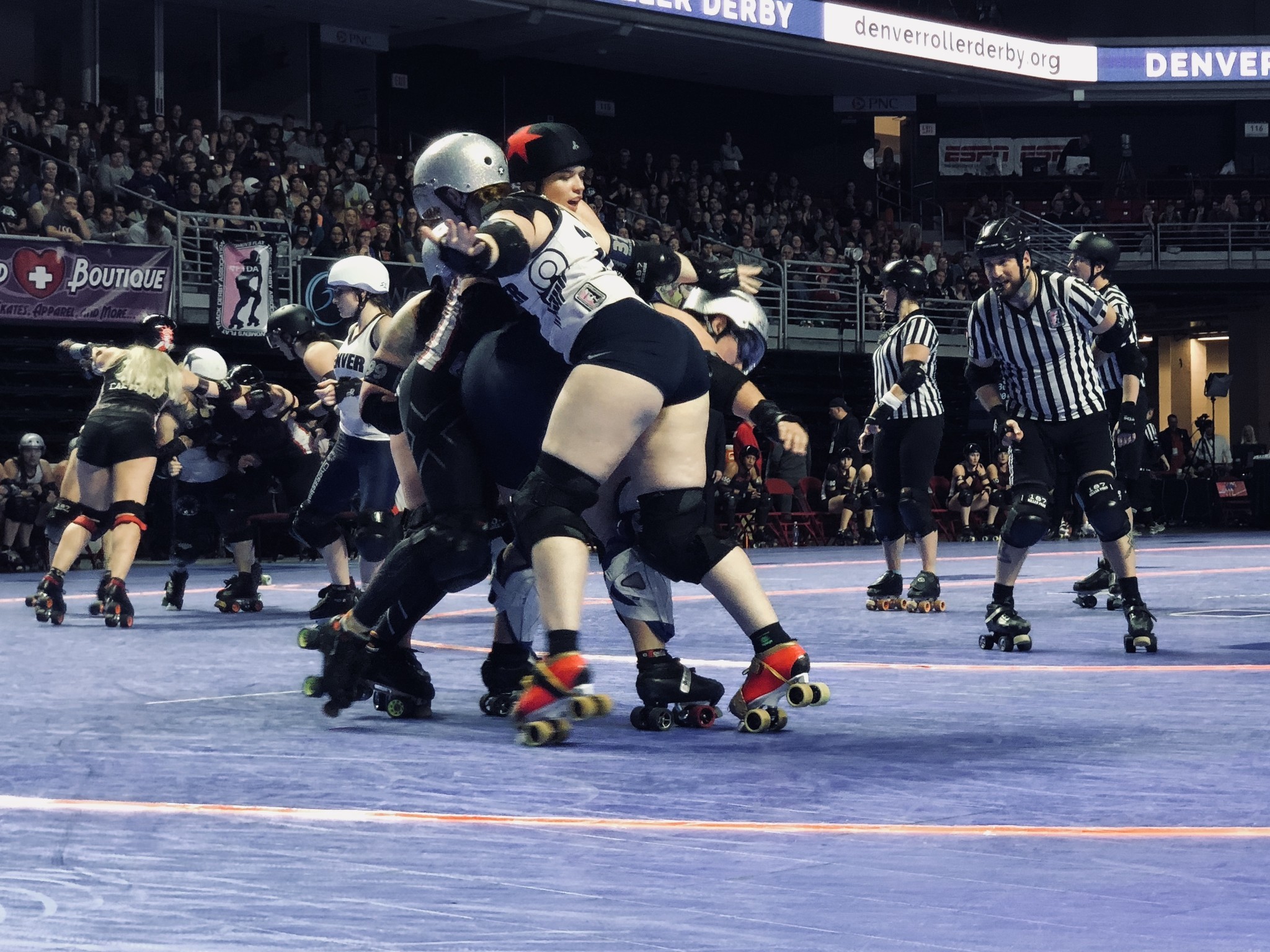
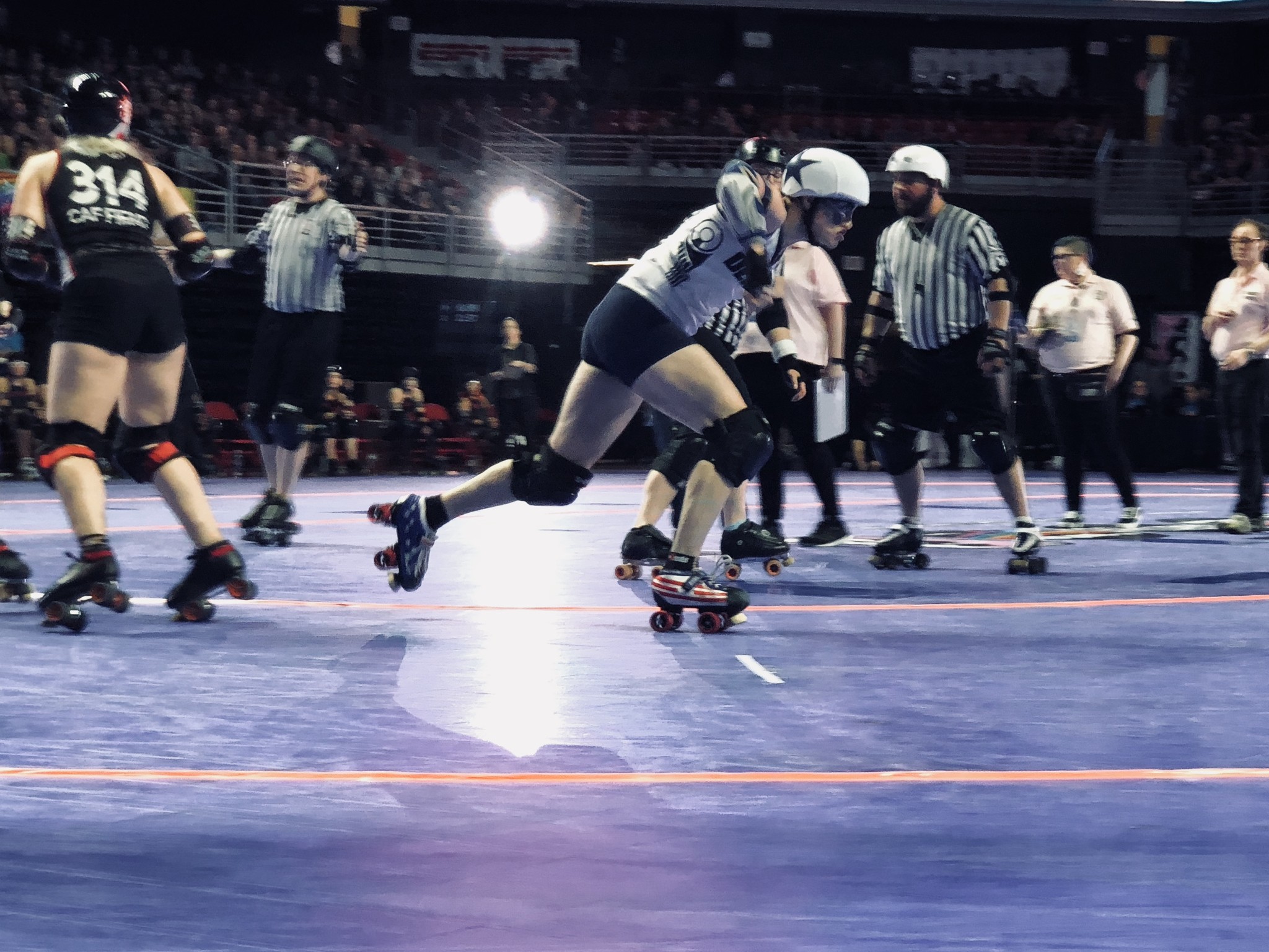
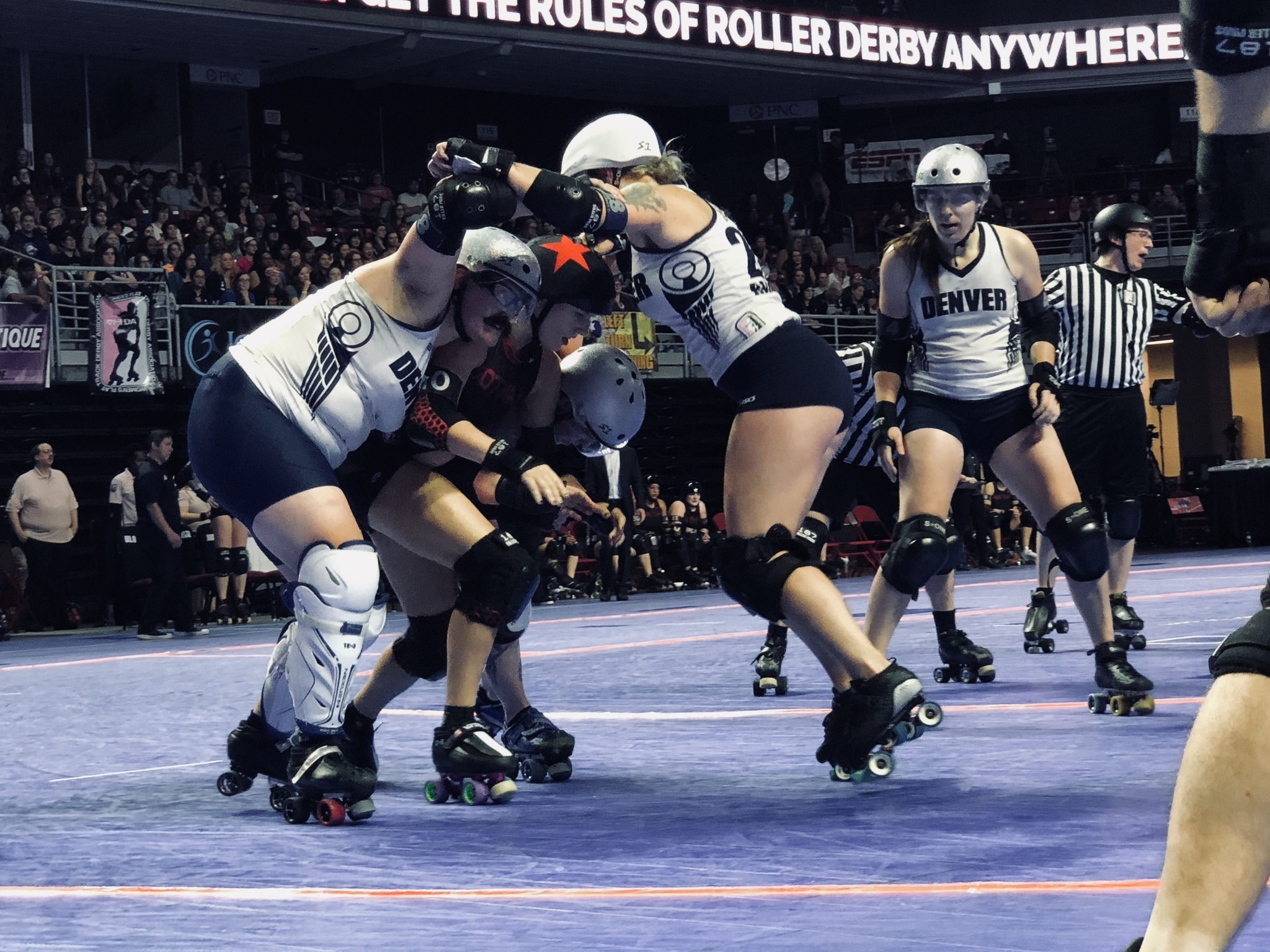
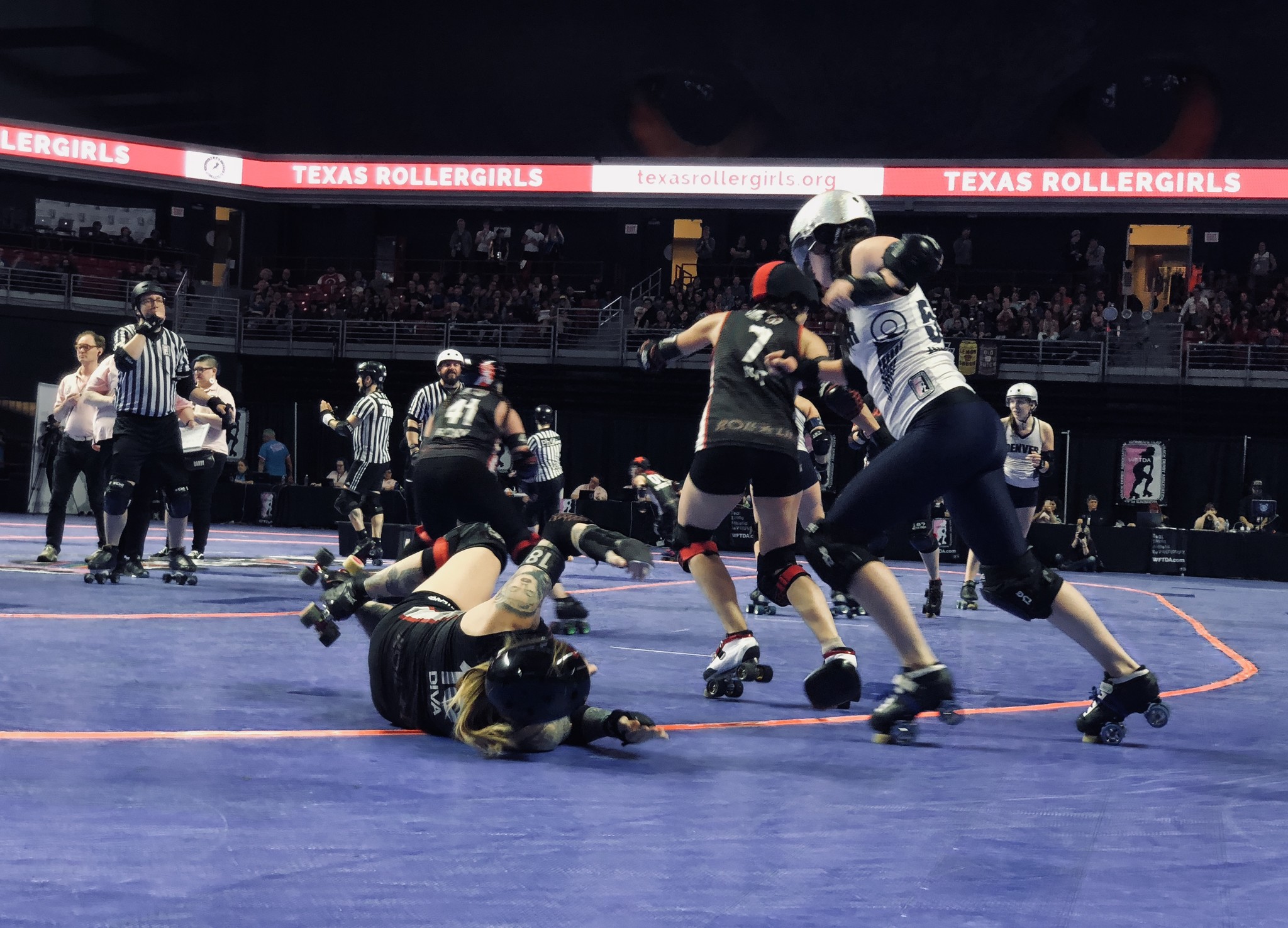
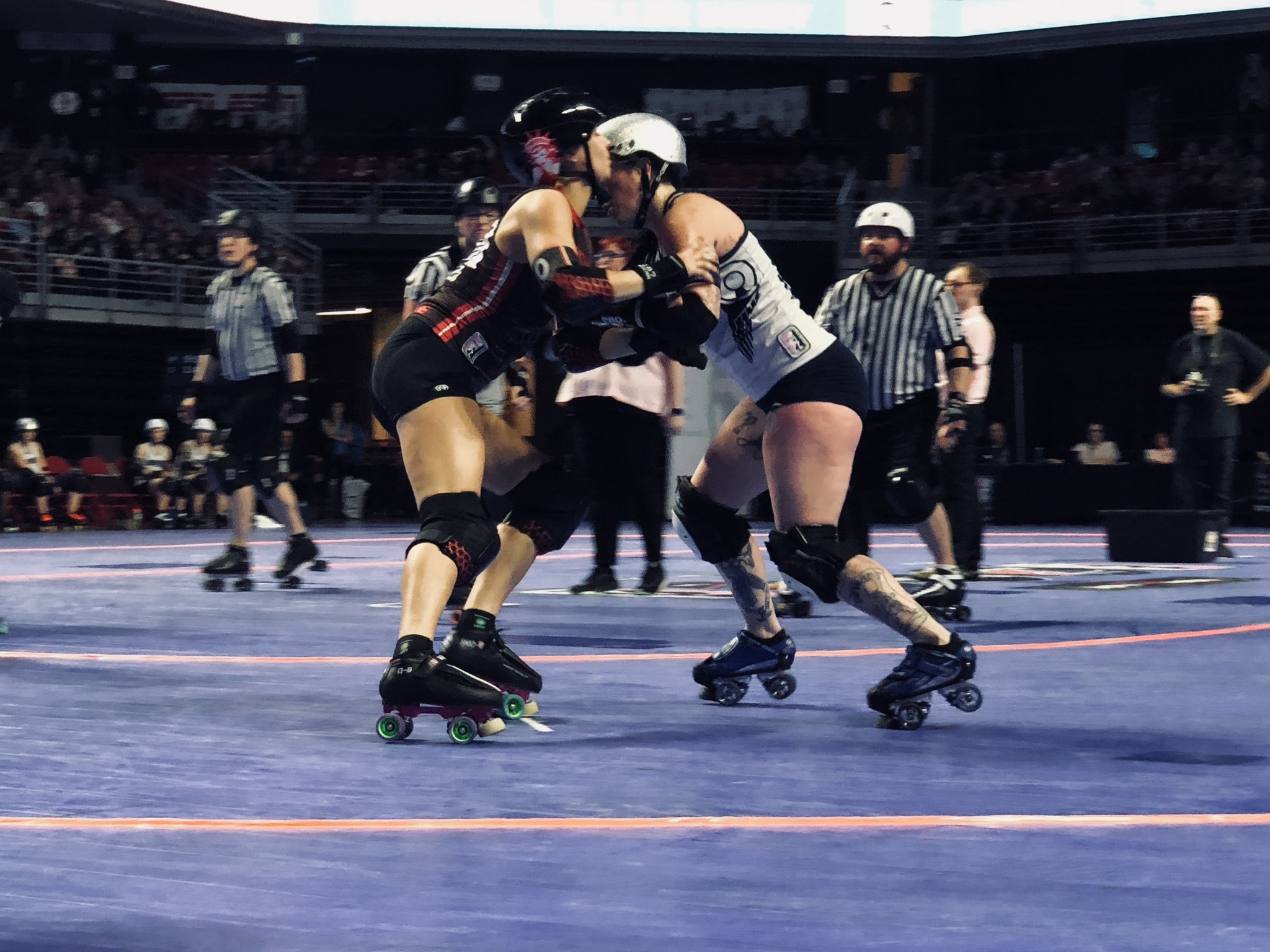
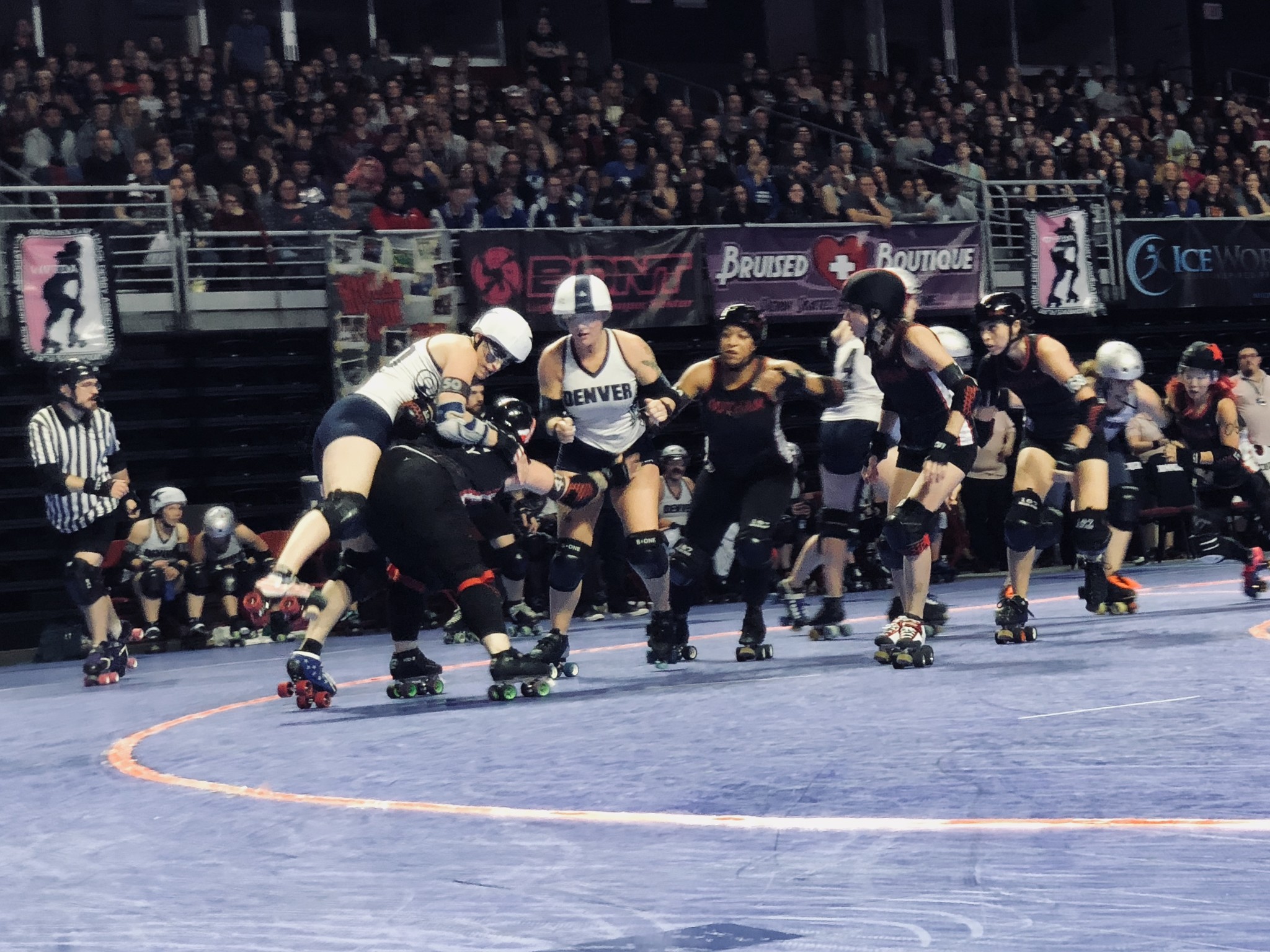
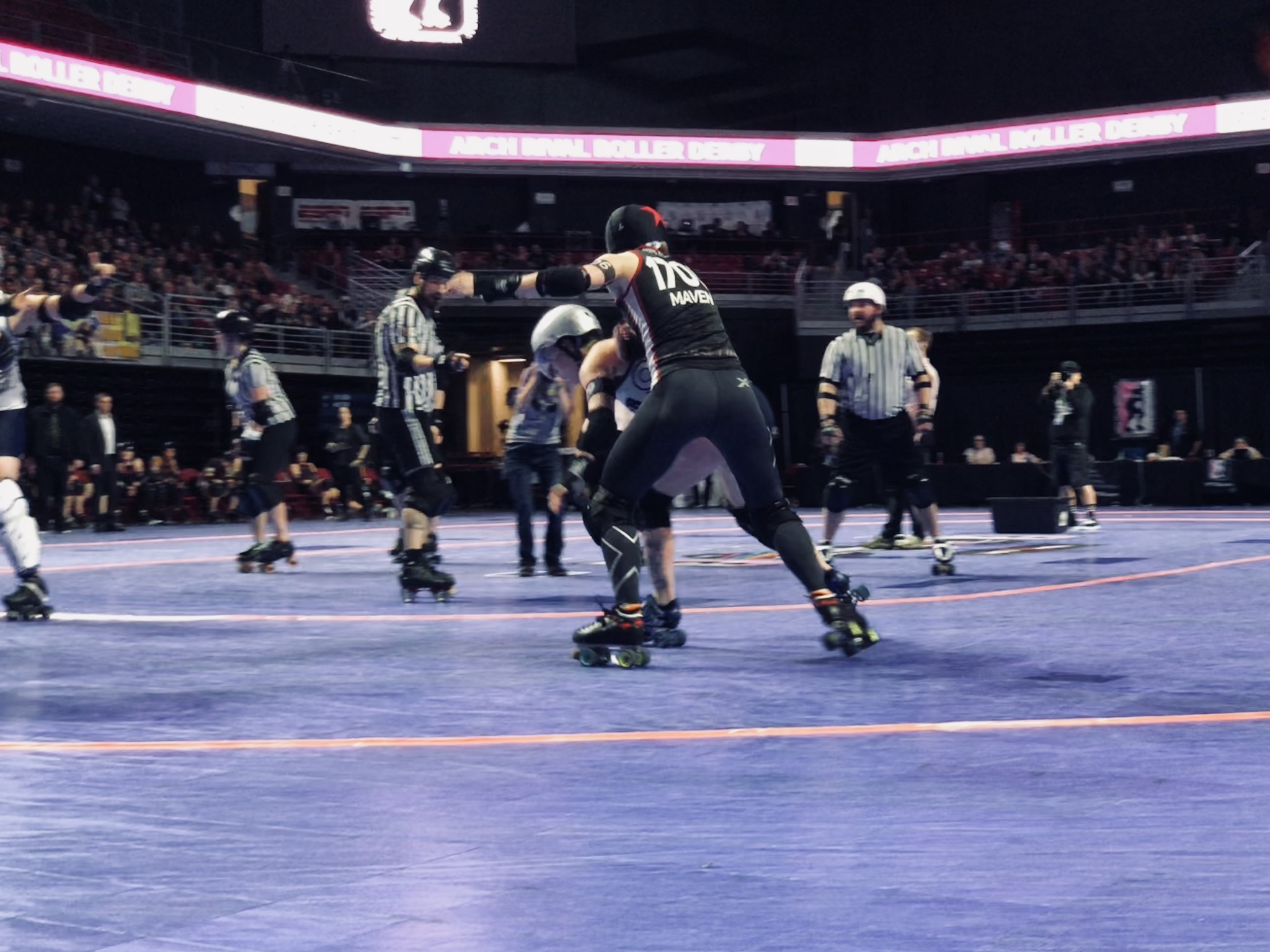
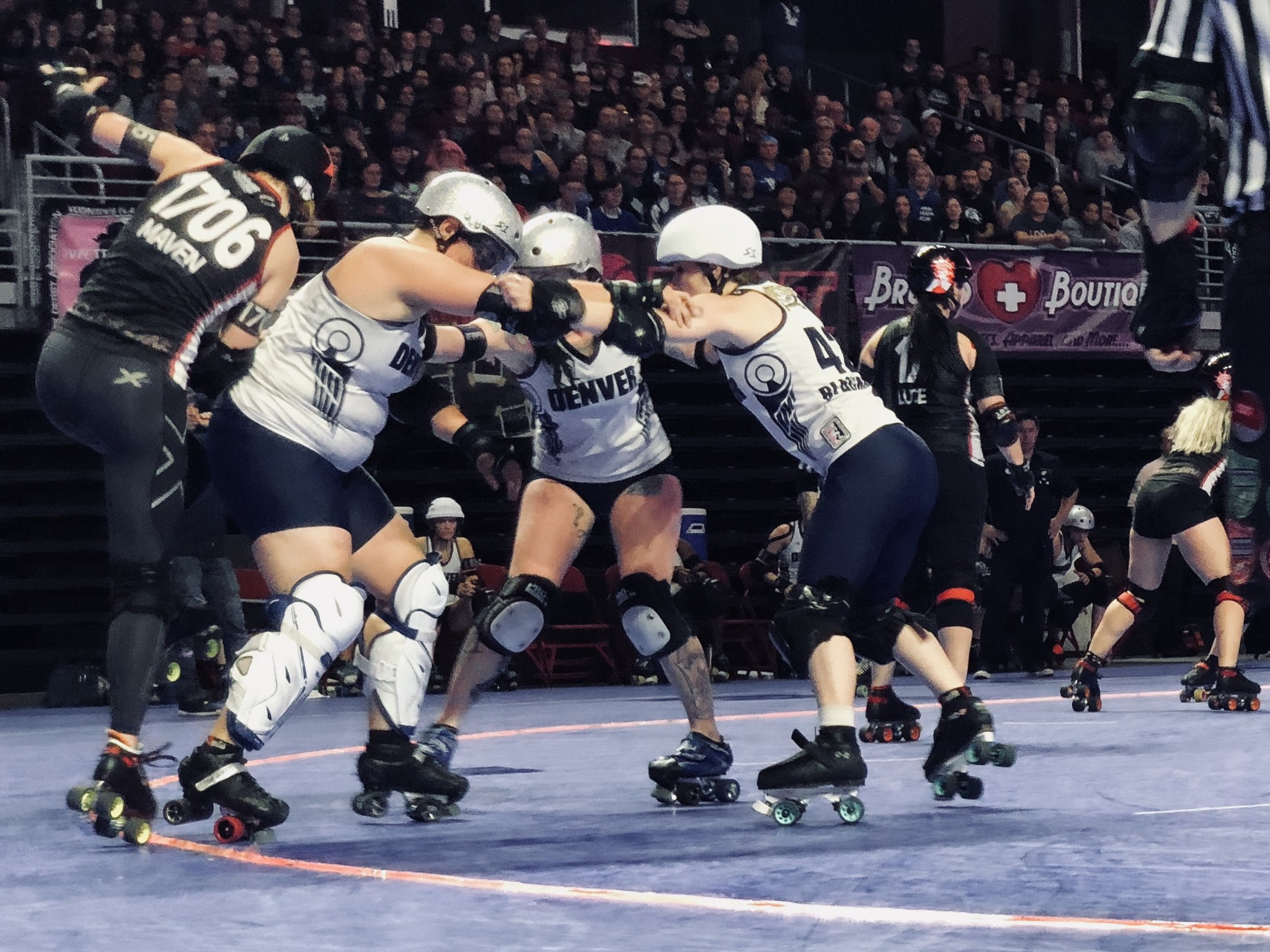

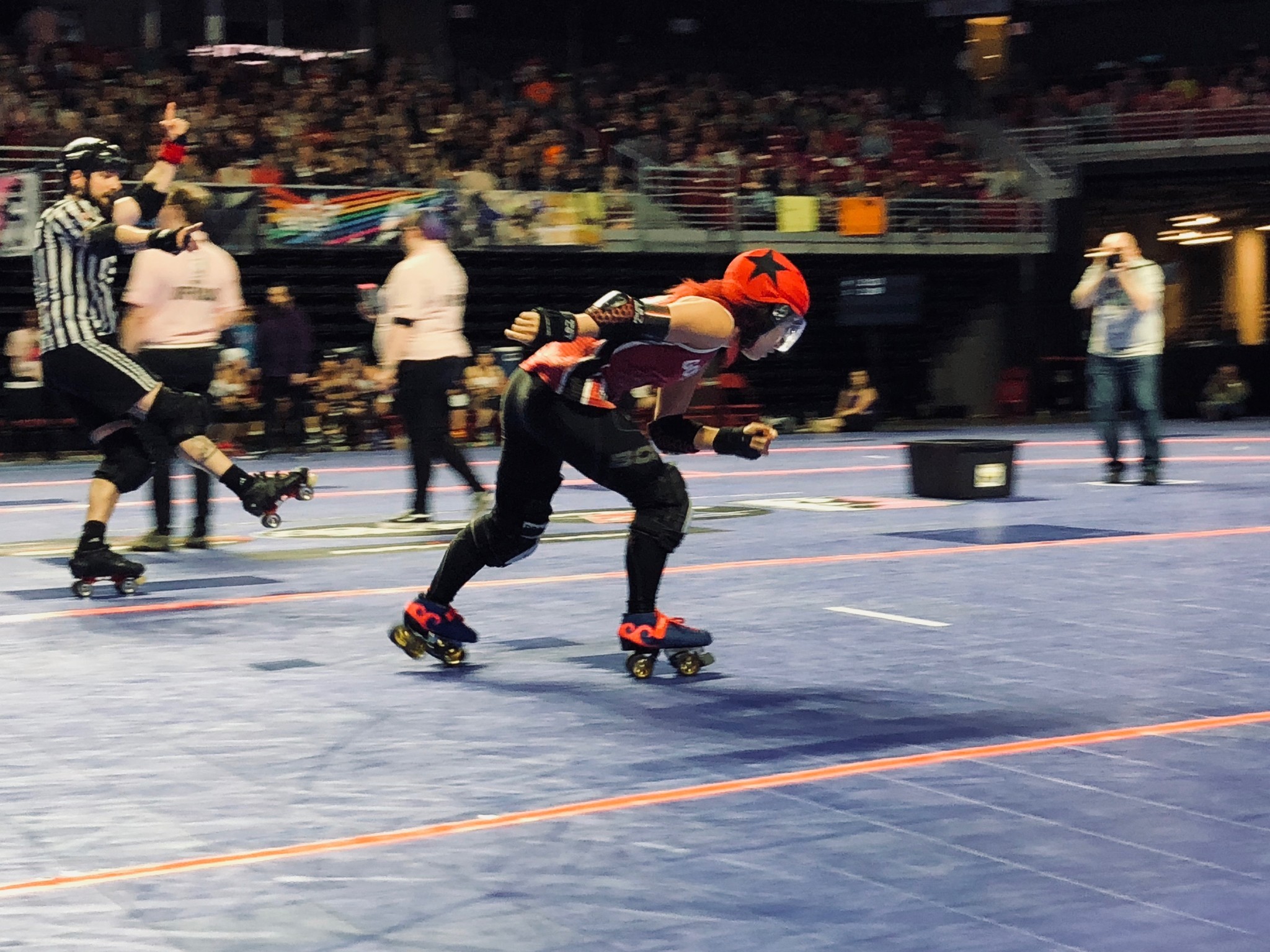
Serenity was formerly the Managing Editor at iMore, and now works for Apple. She's been talking, writing about, and tinkering with Apple products since she was old enough to double-click. In her spare time, she sketches, sings, and in her secret superhero life, plays roller derby. Follow her on Twitter @settern.
